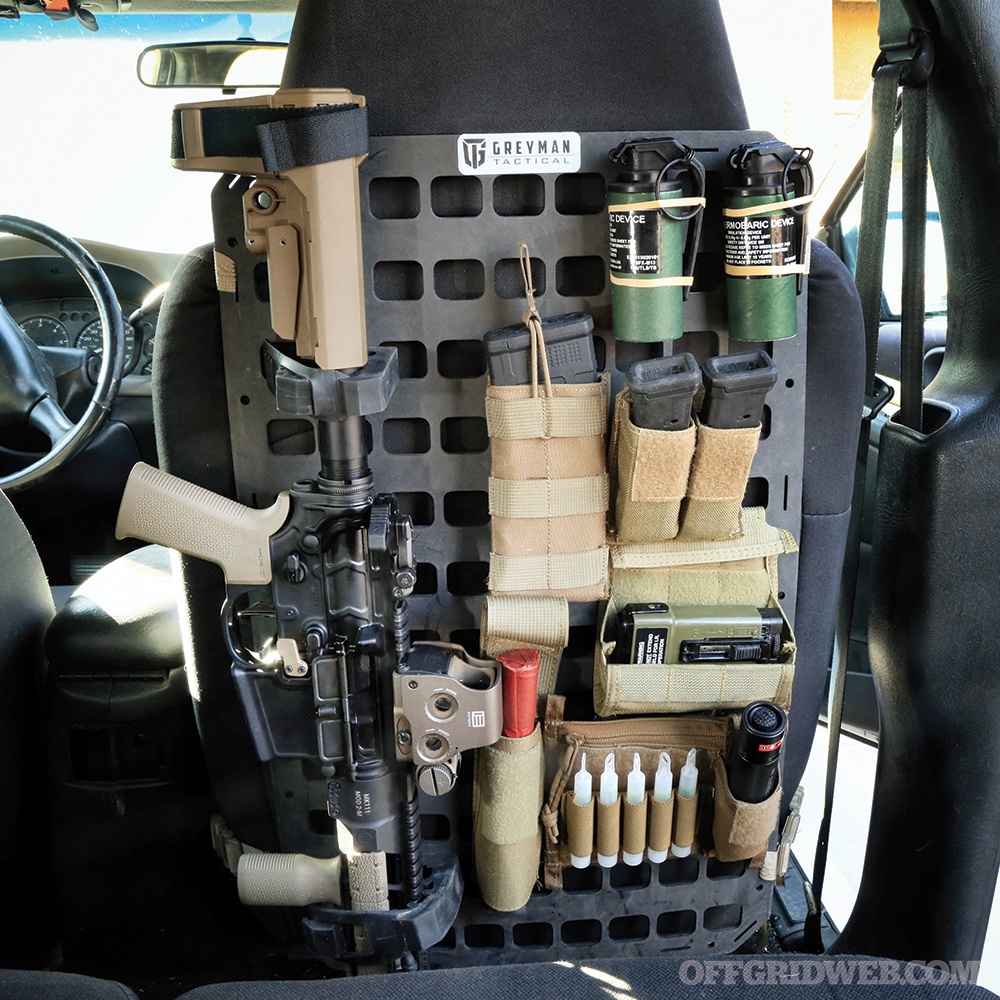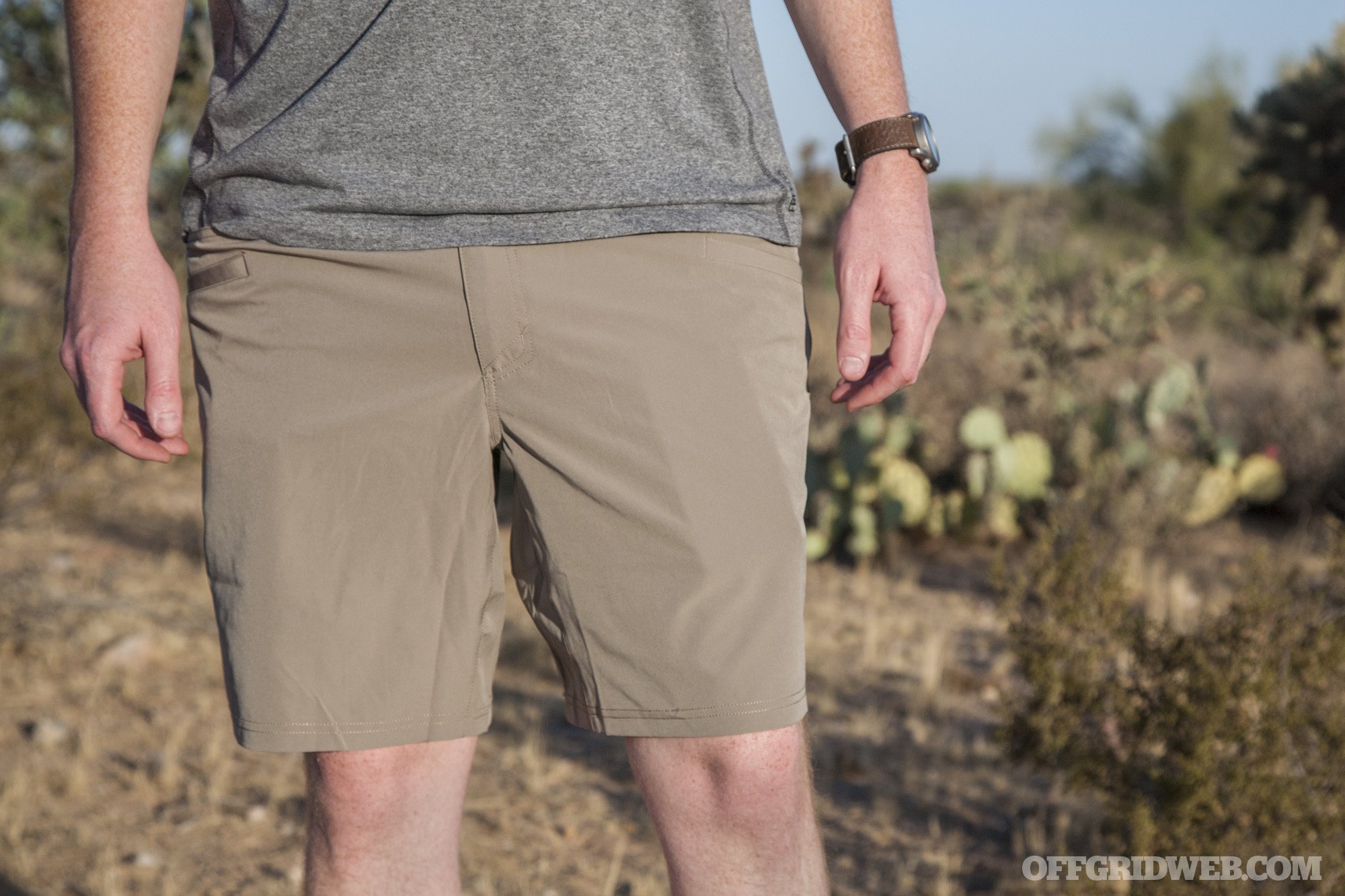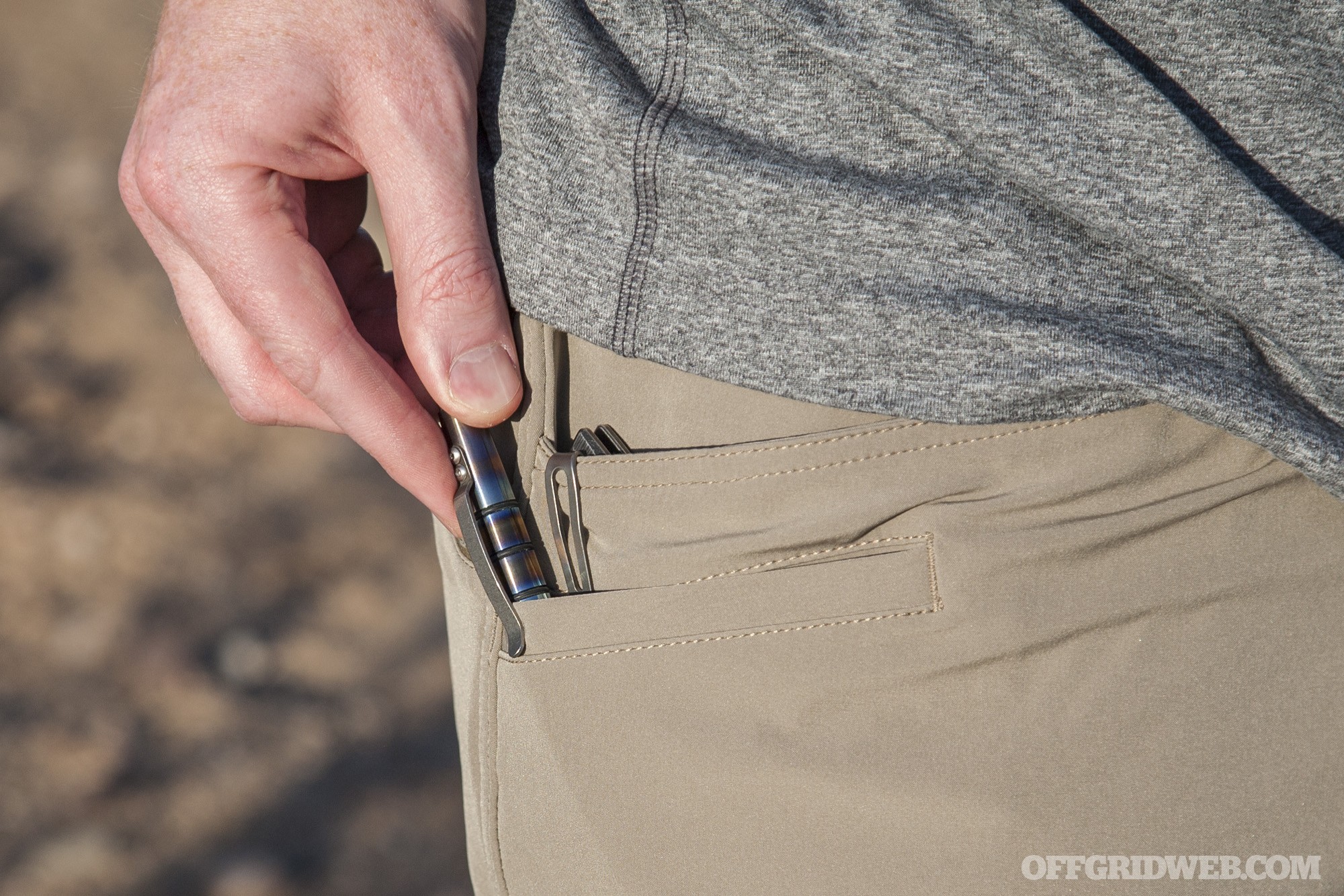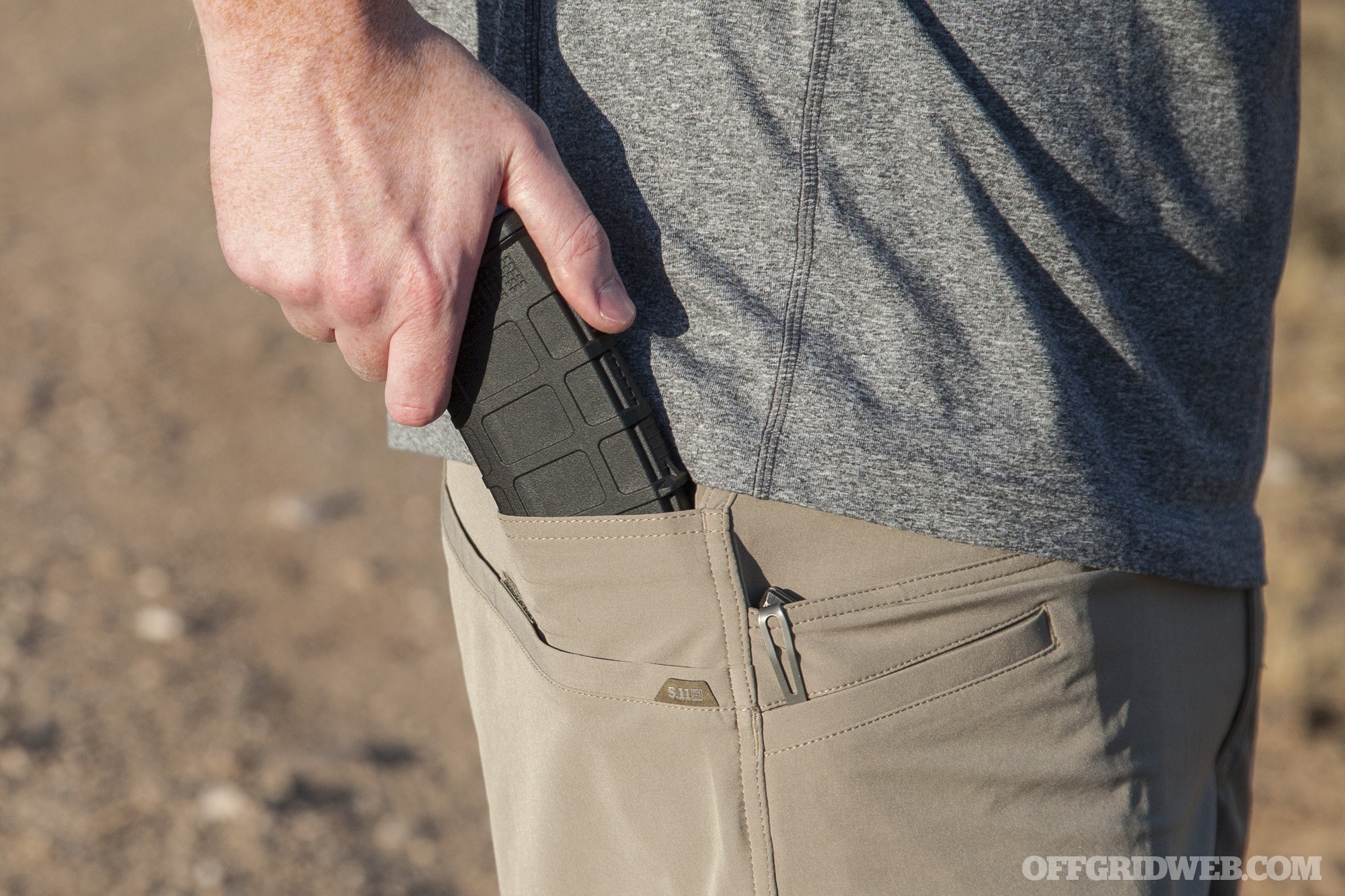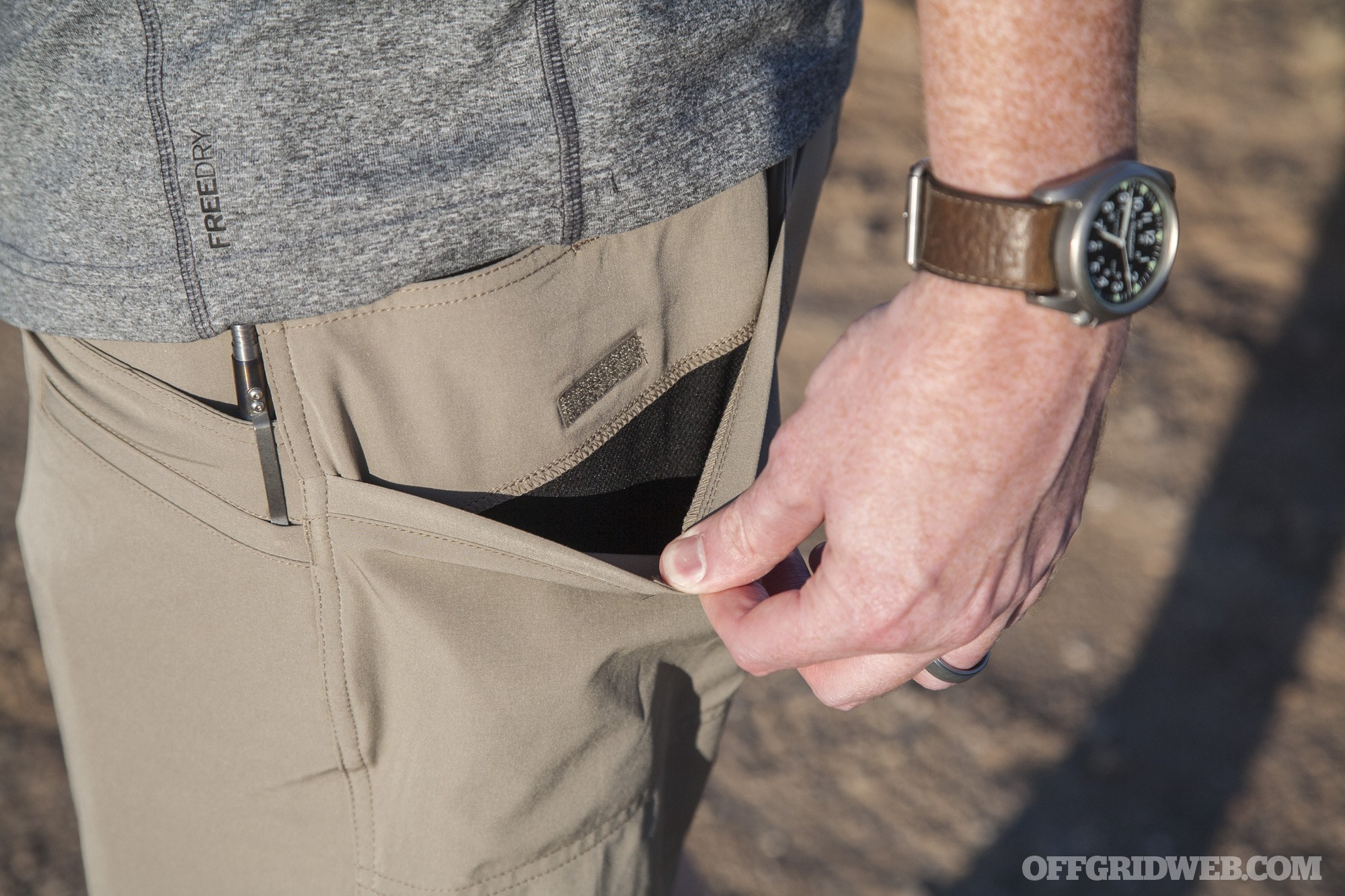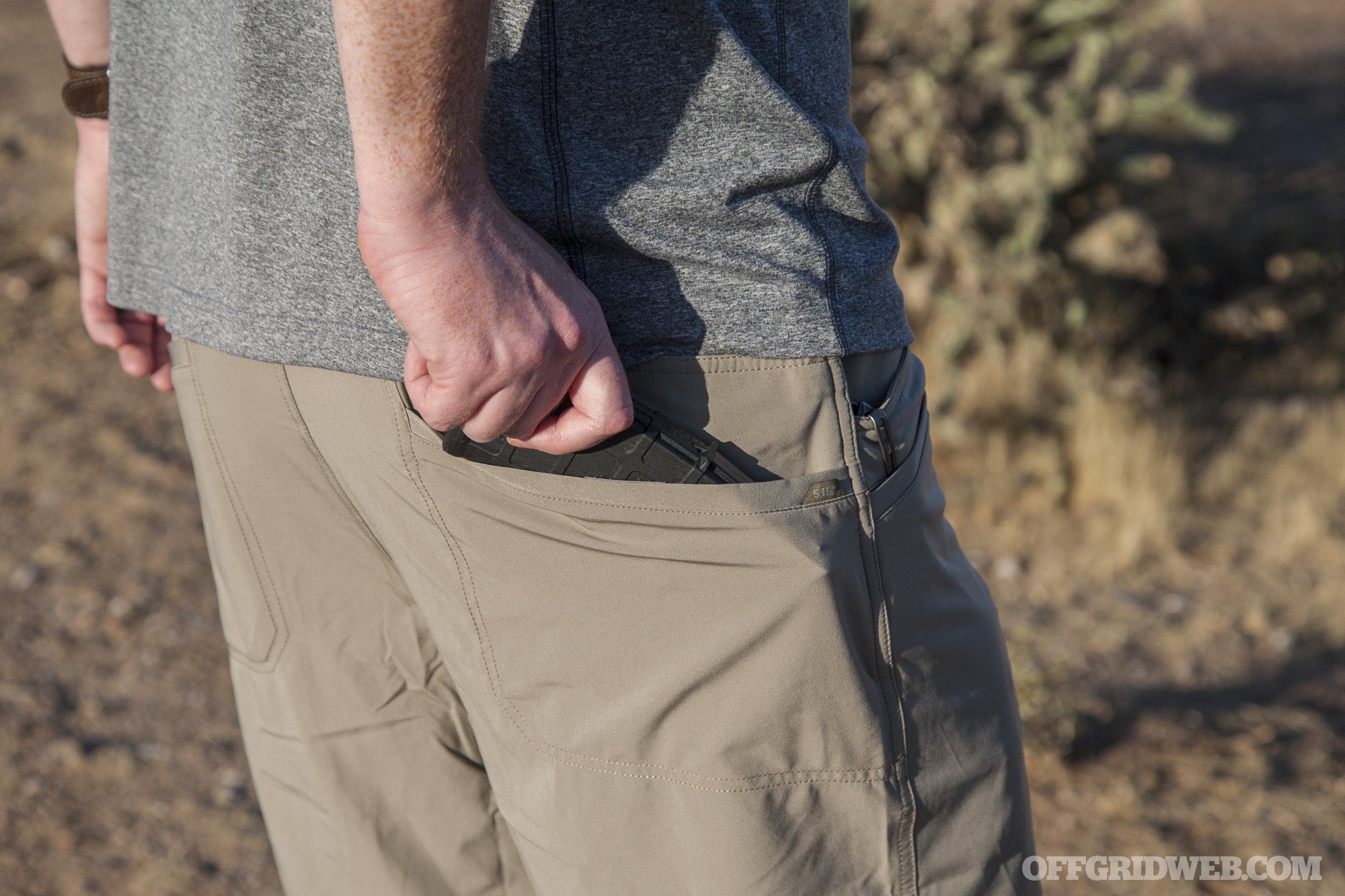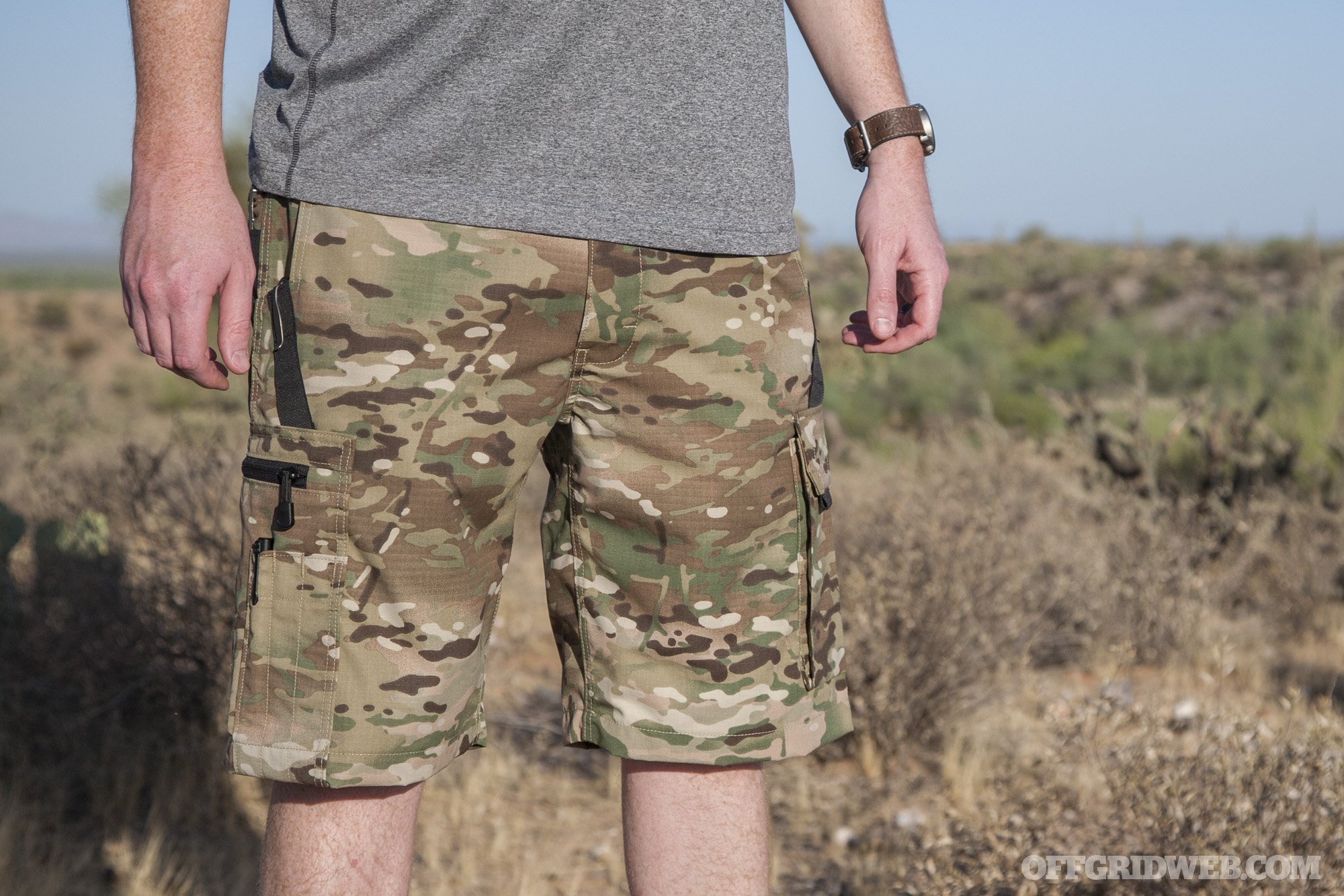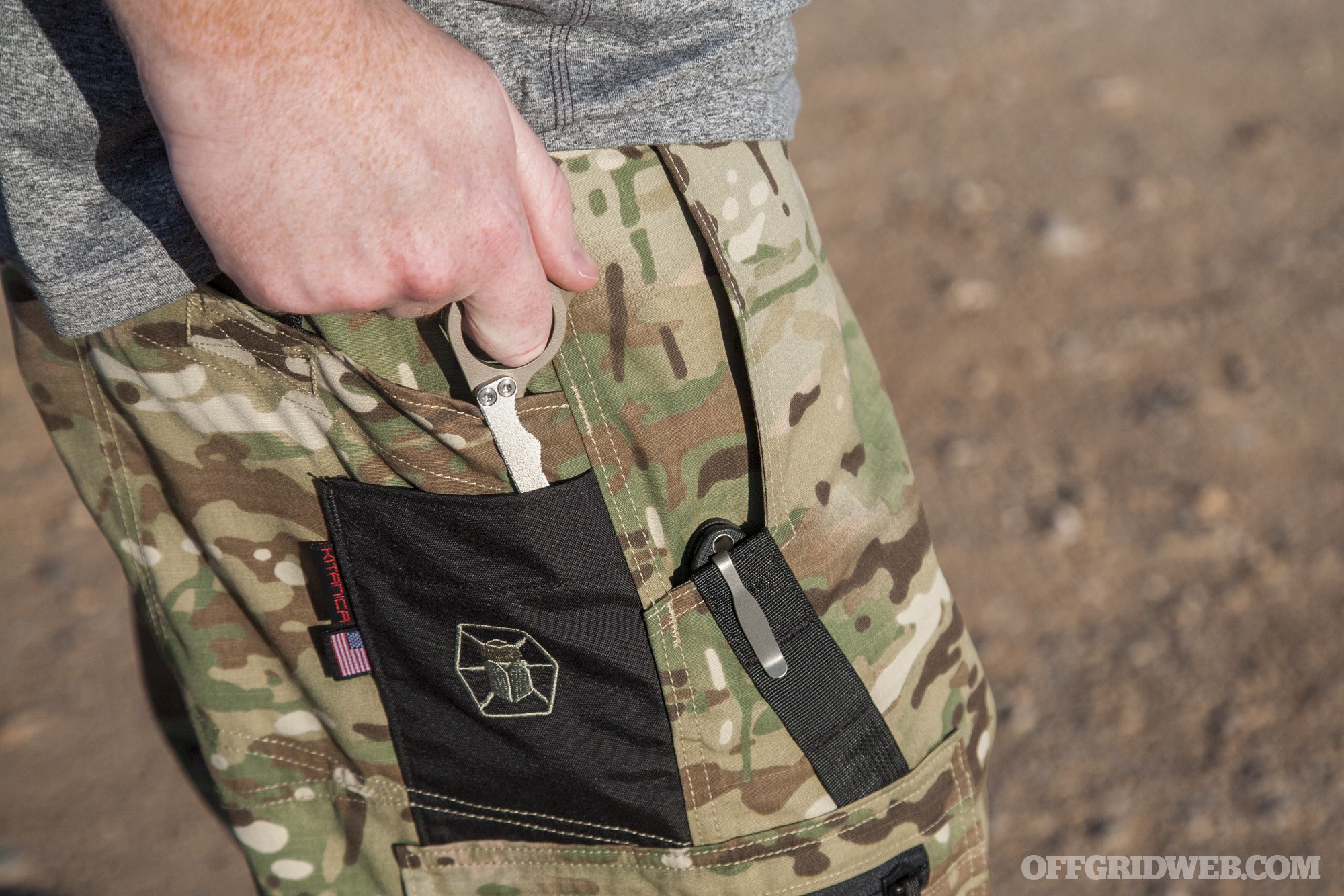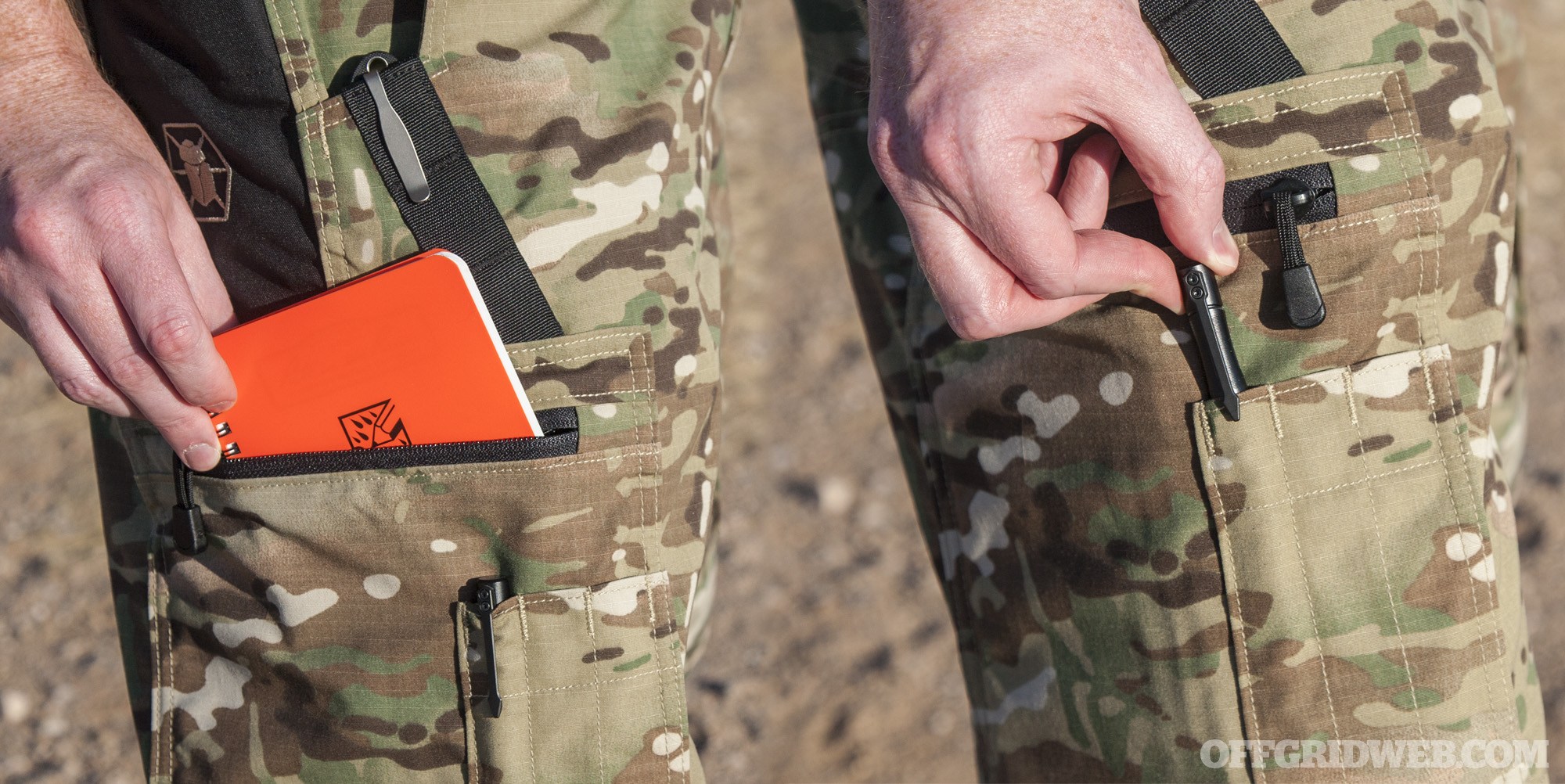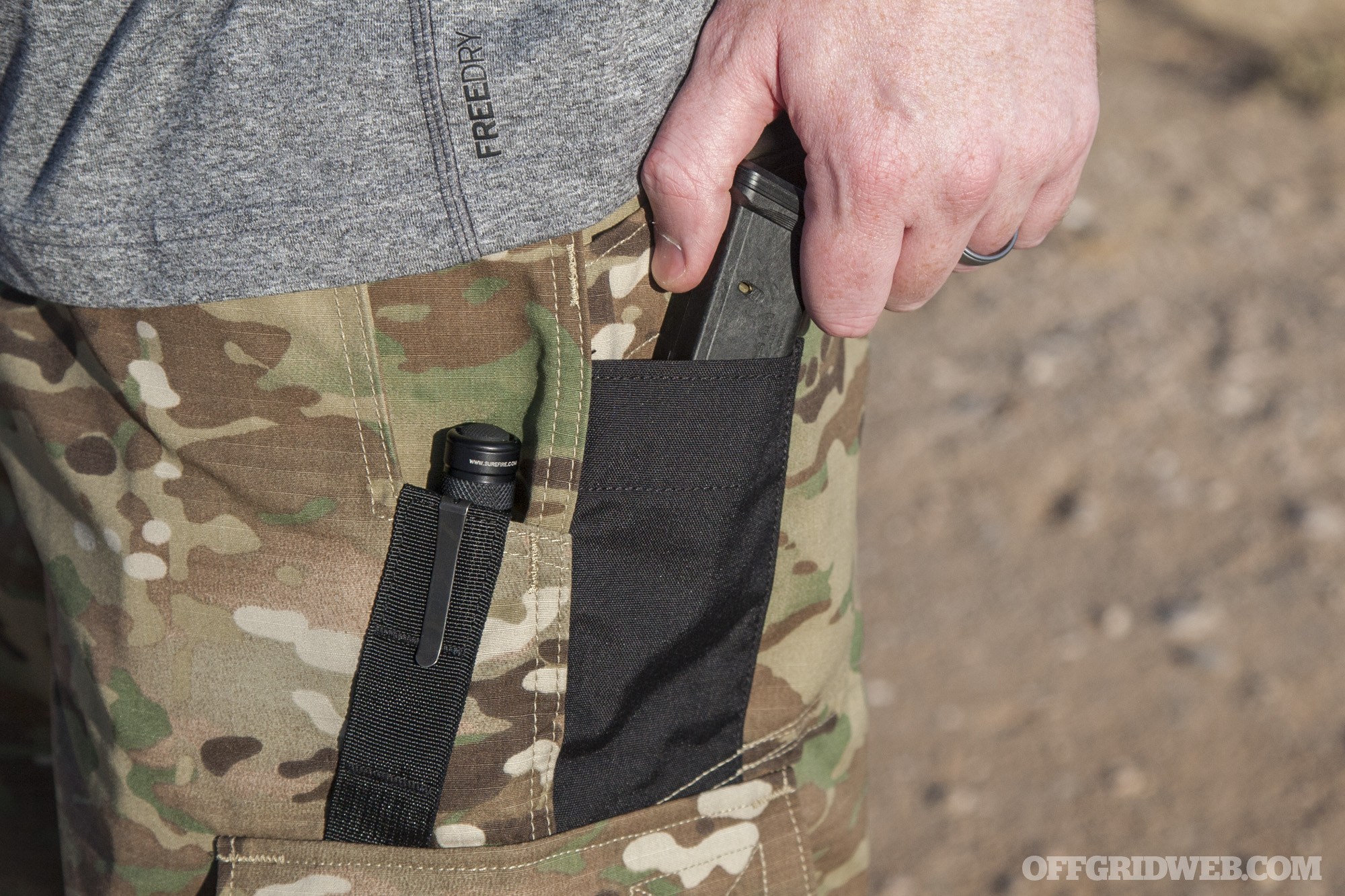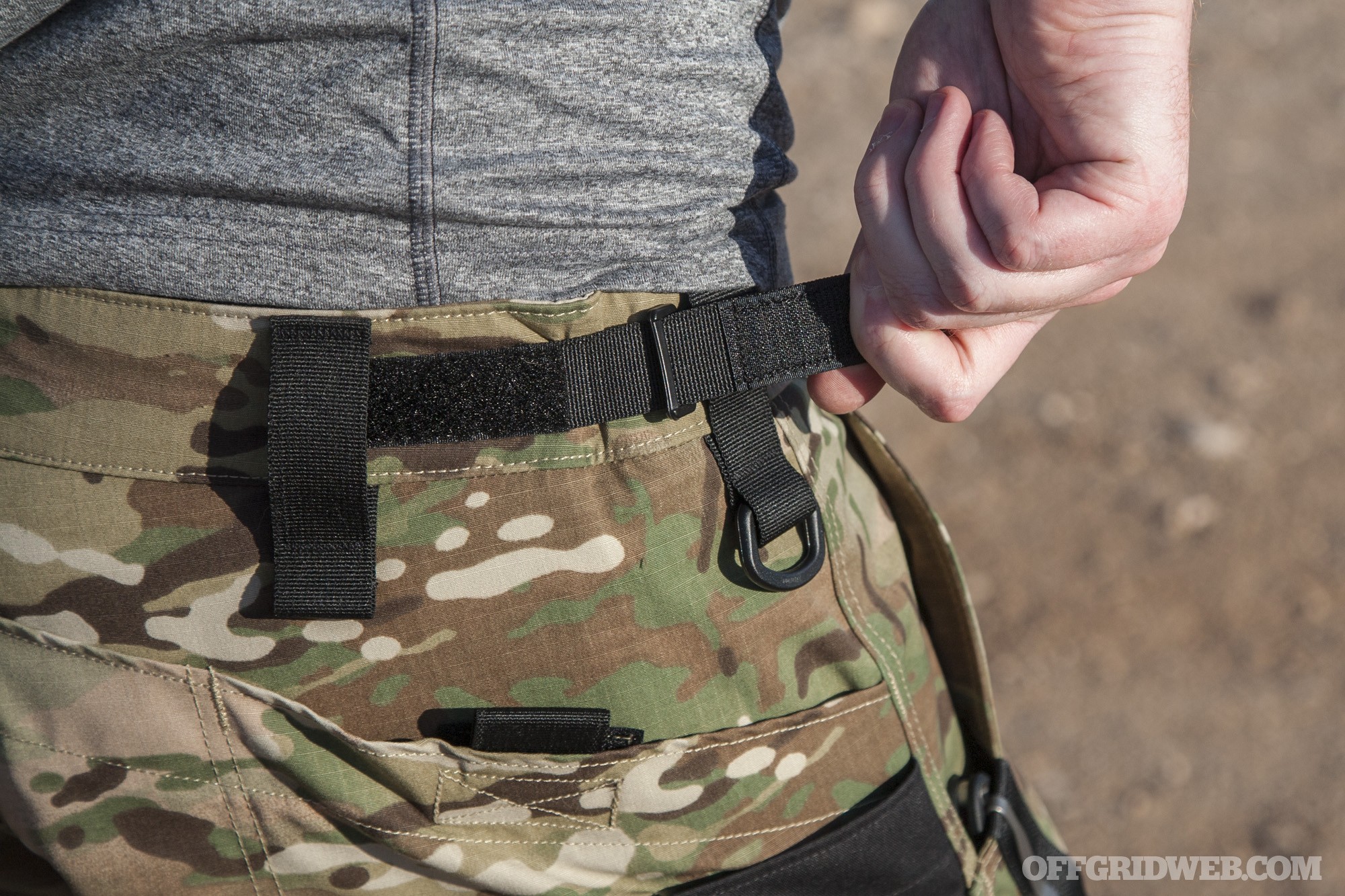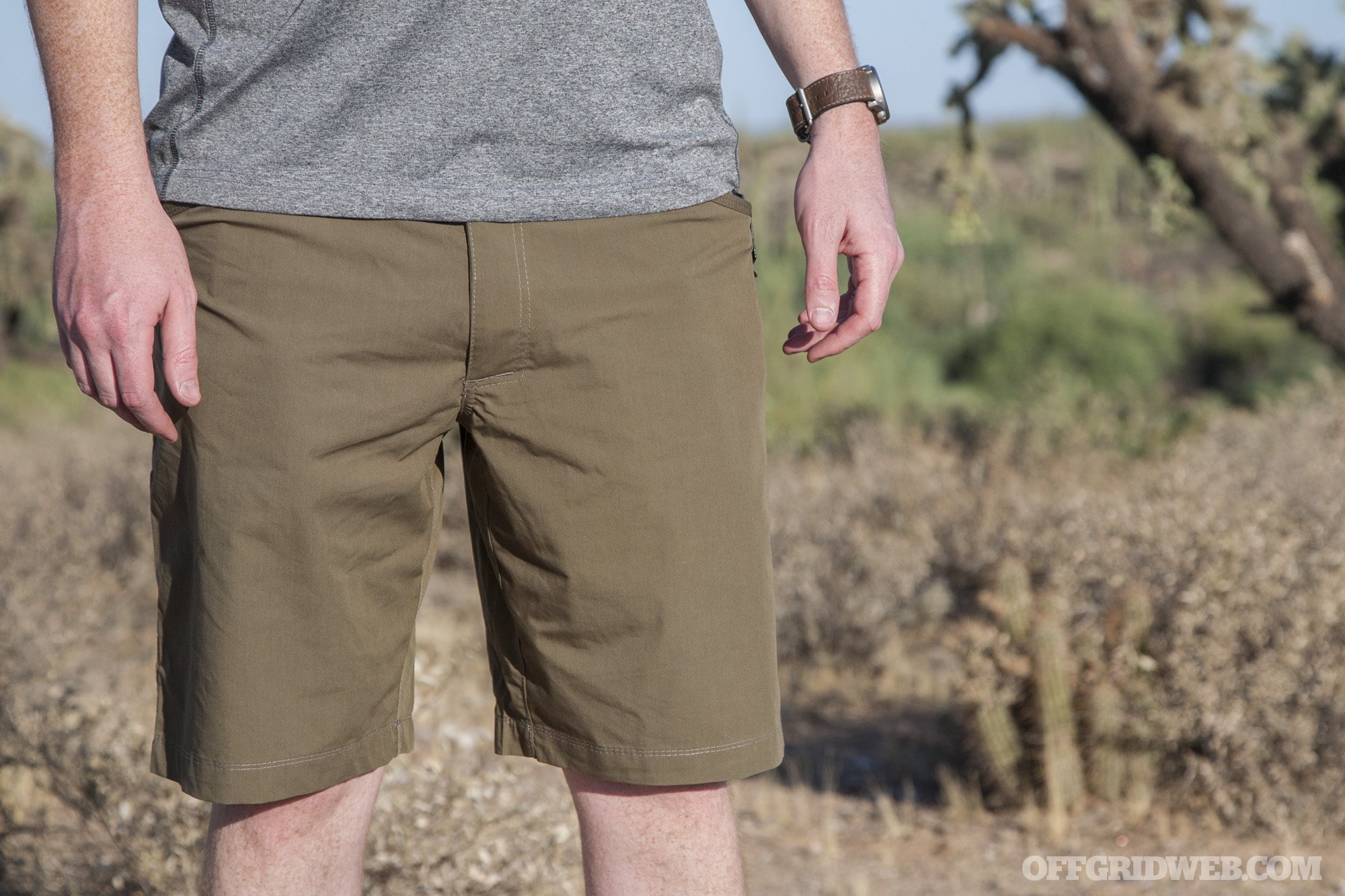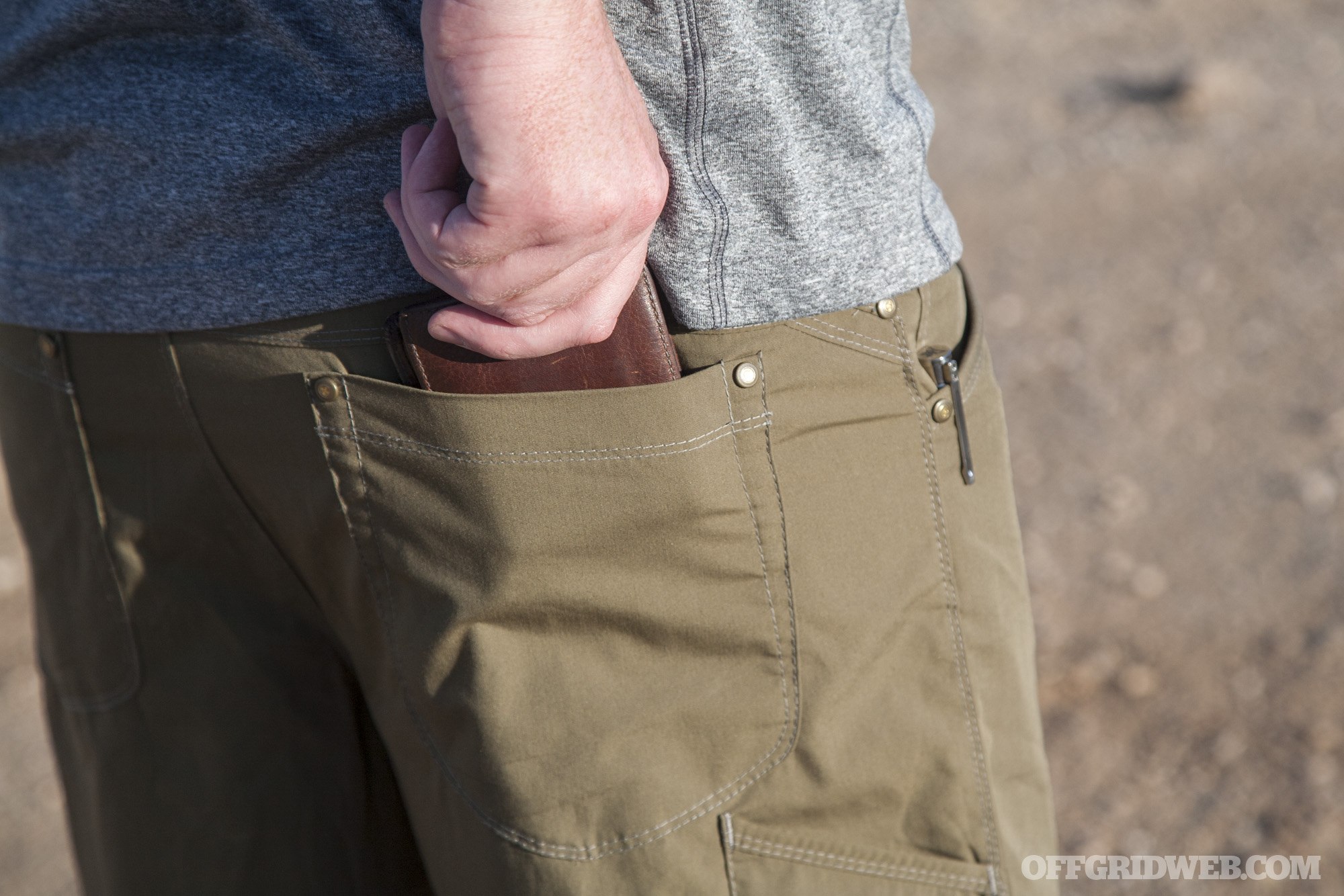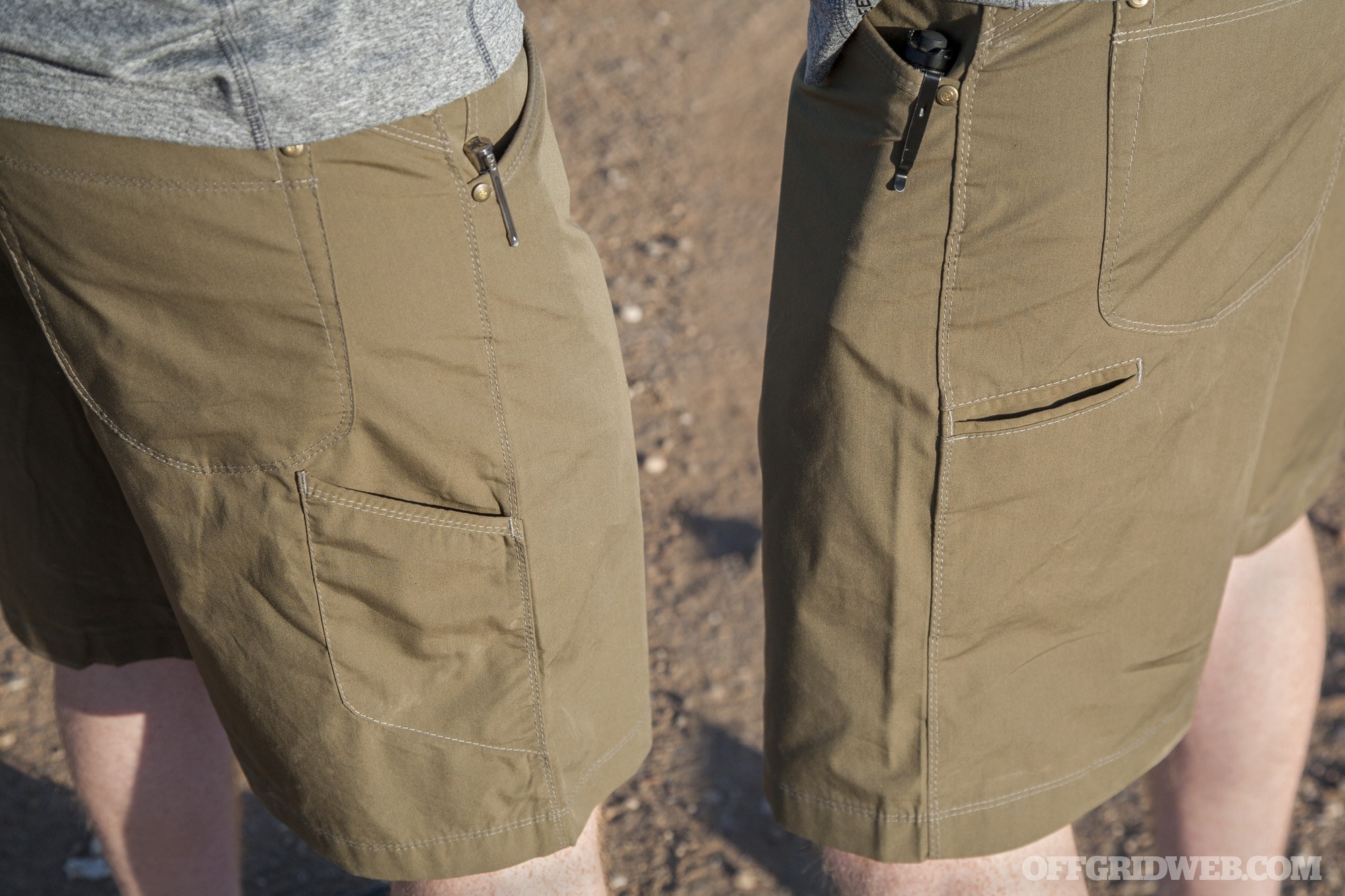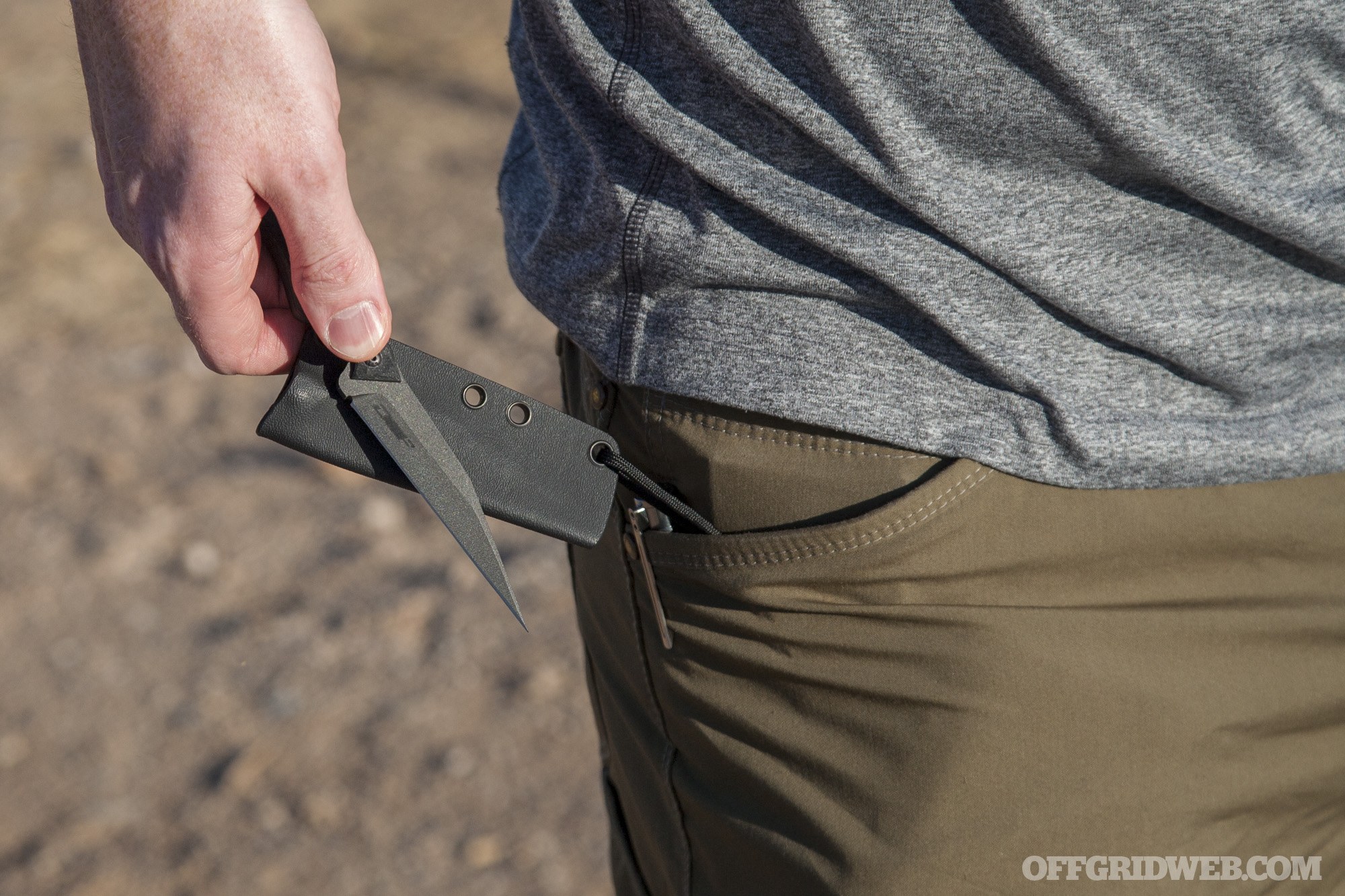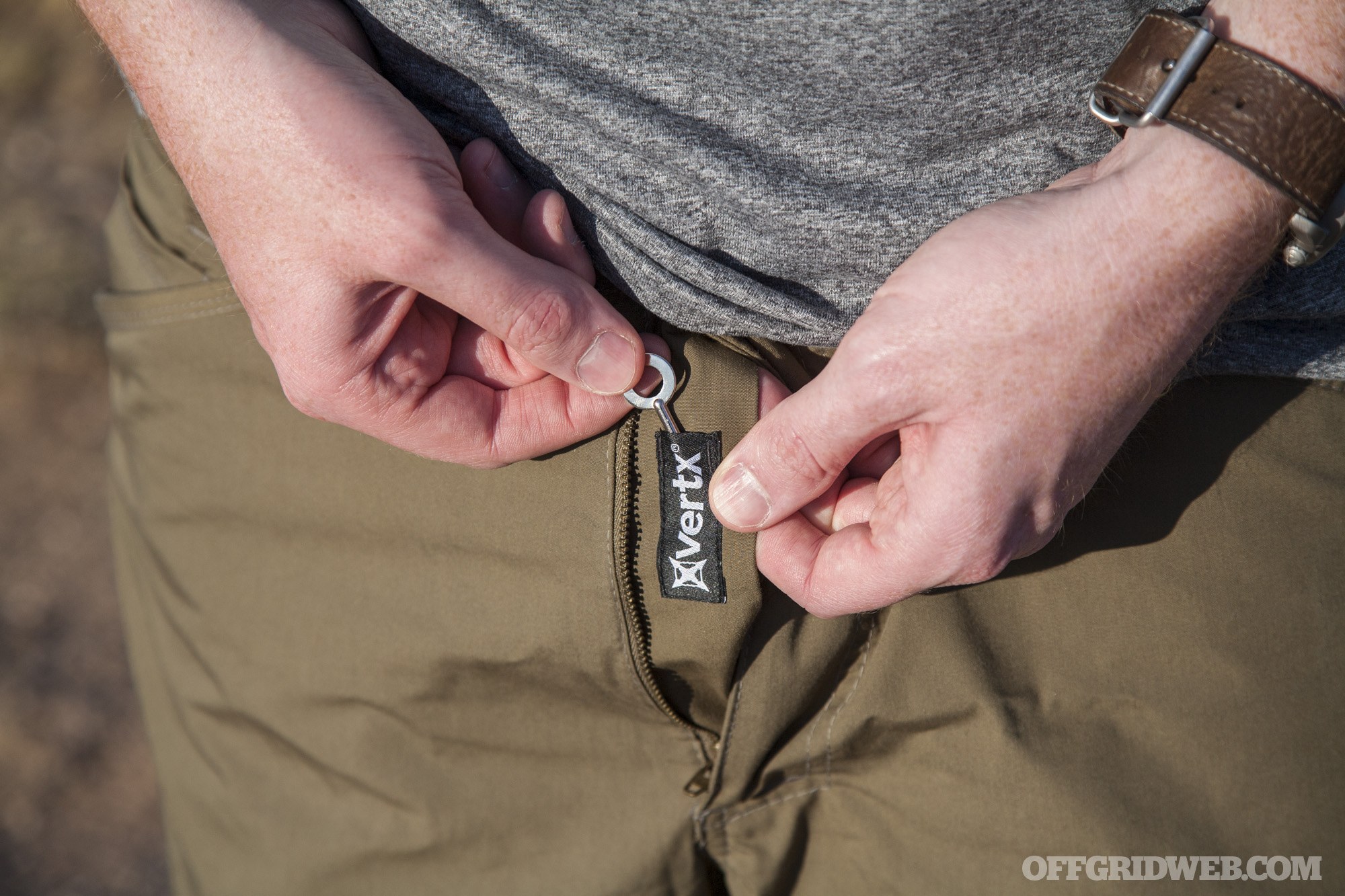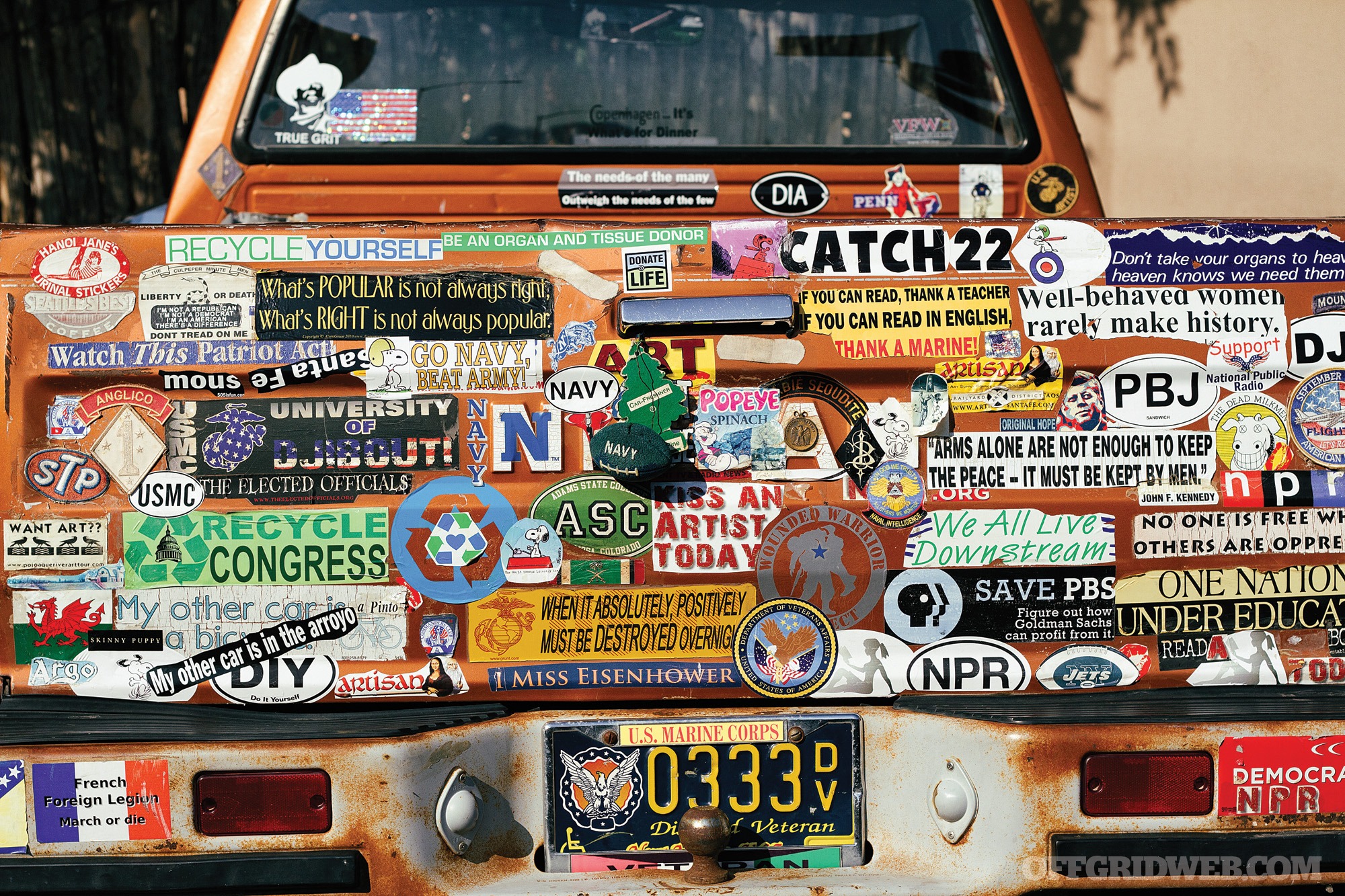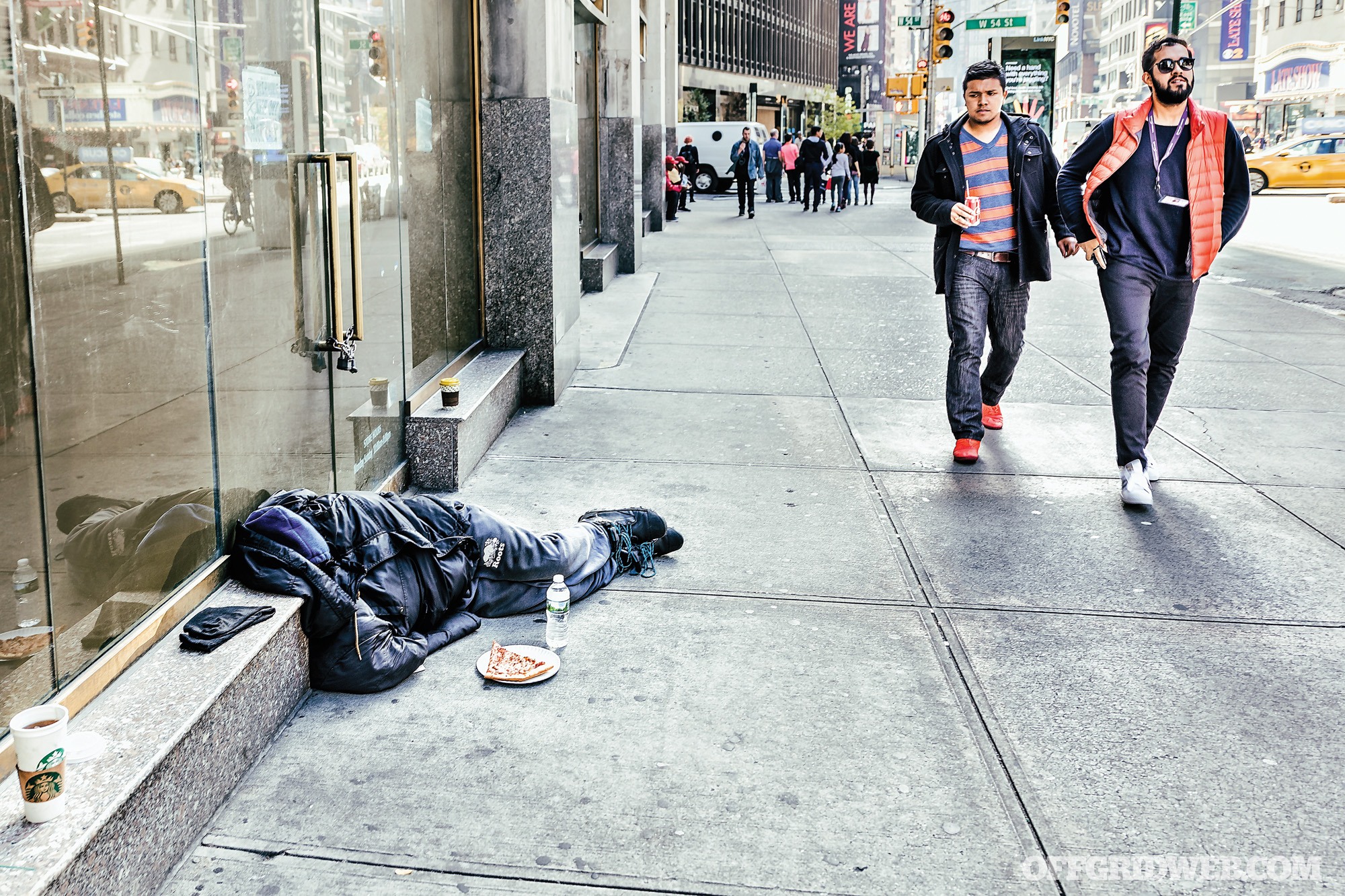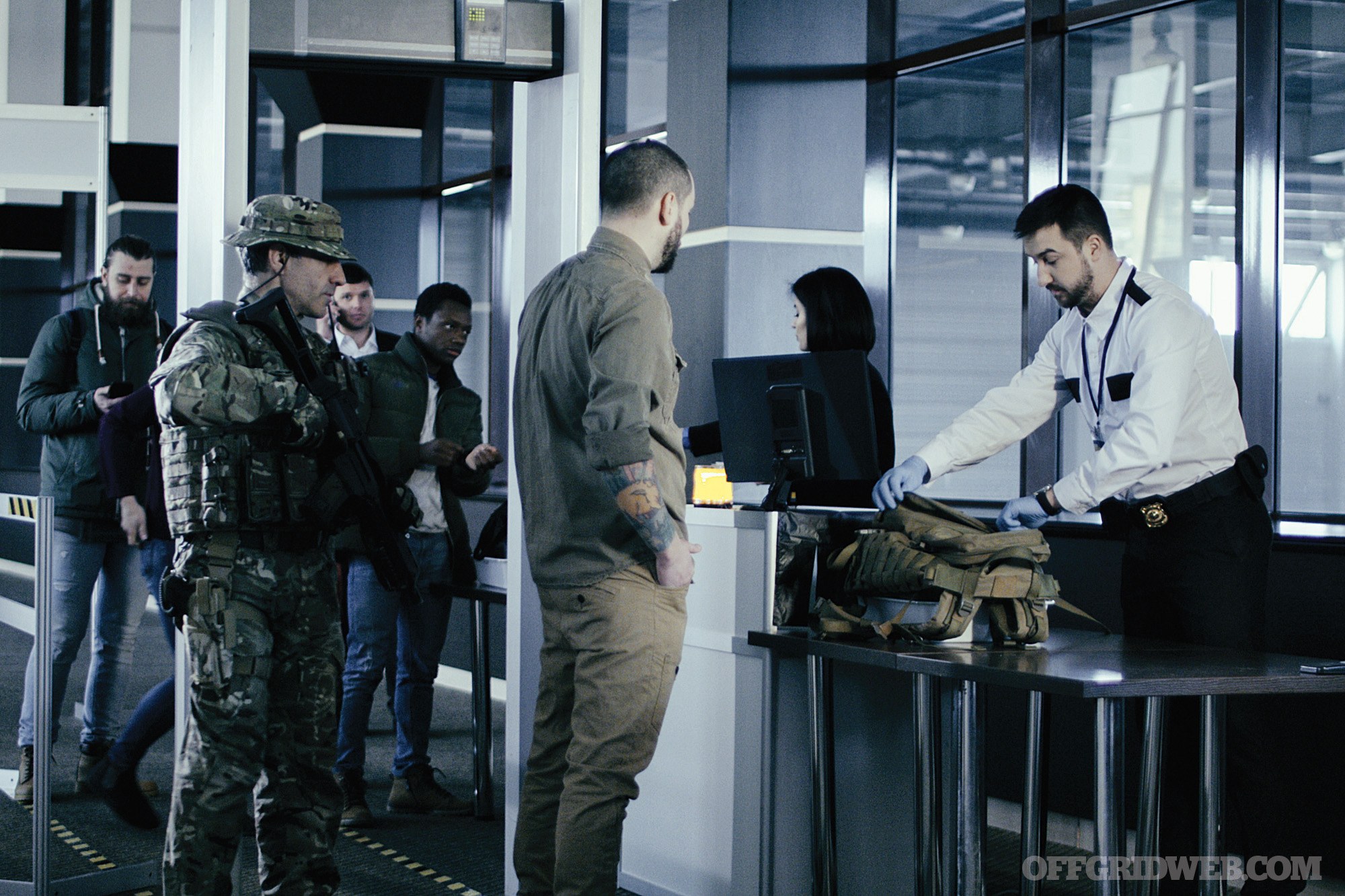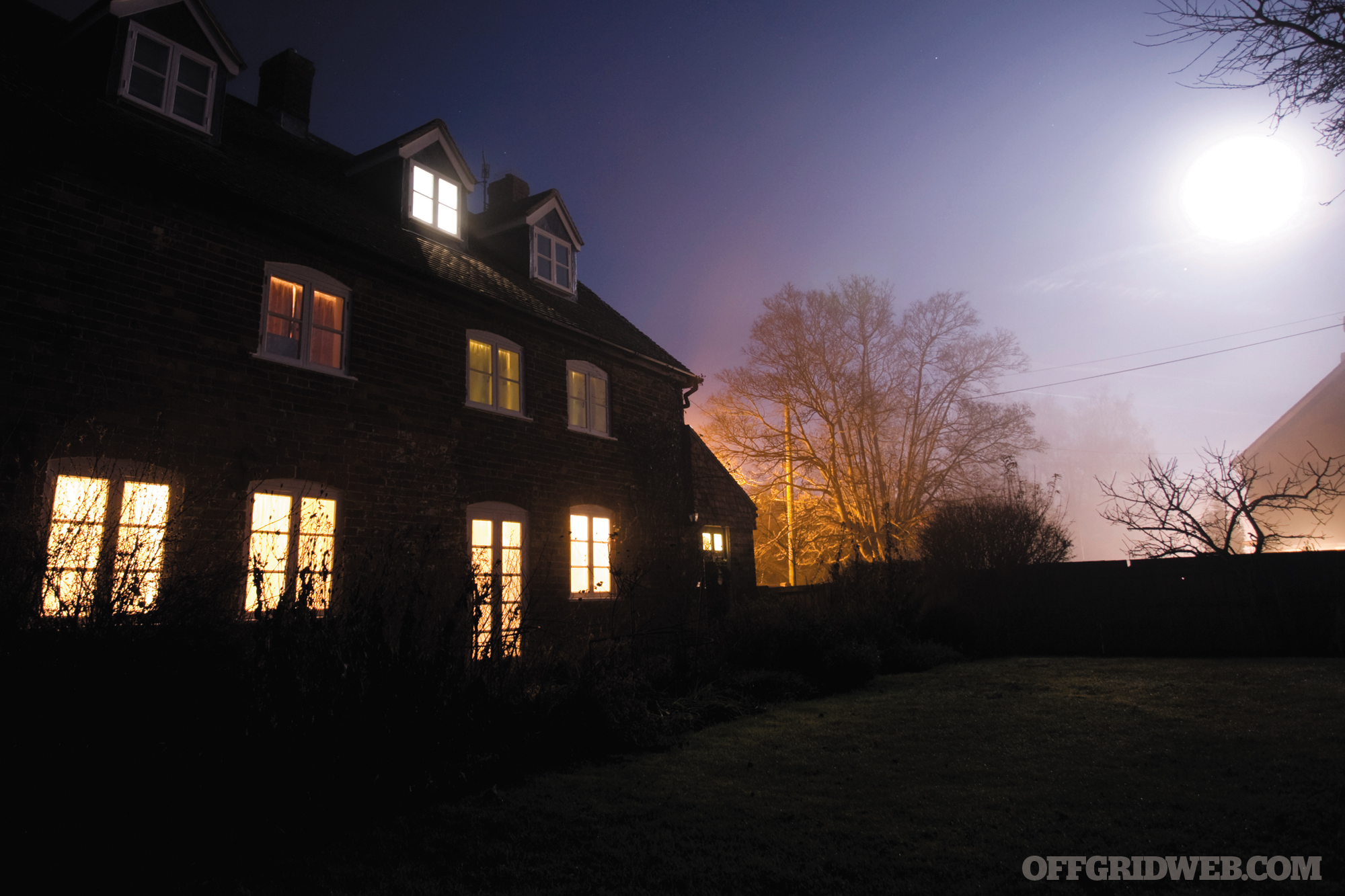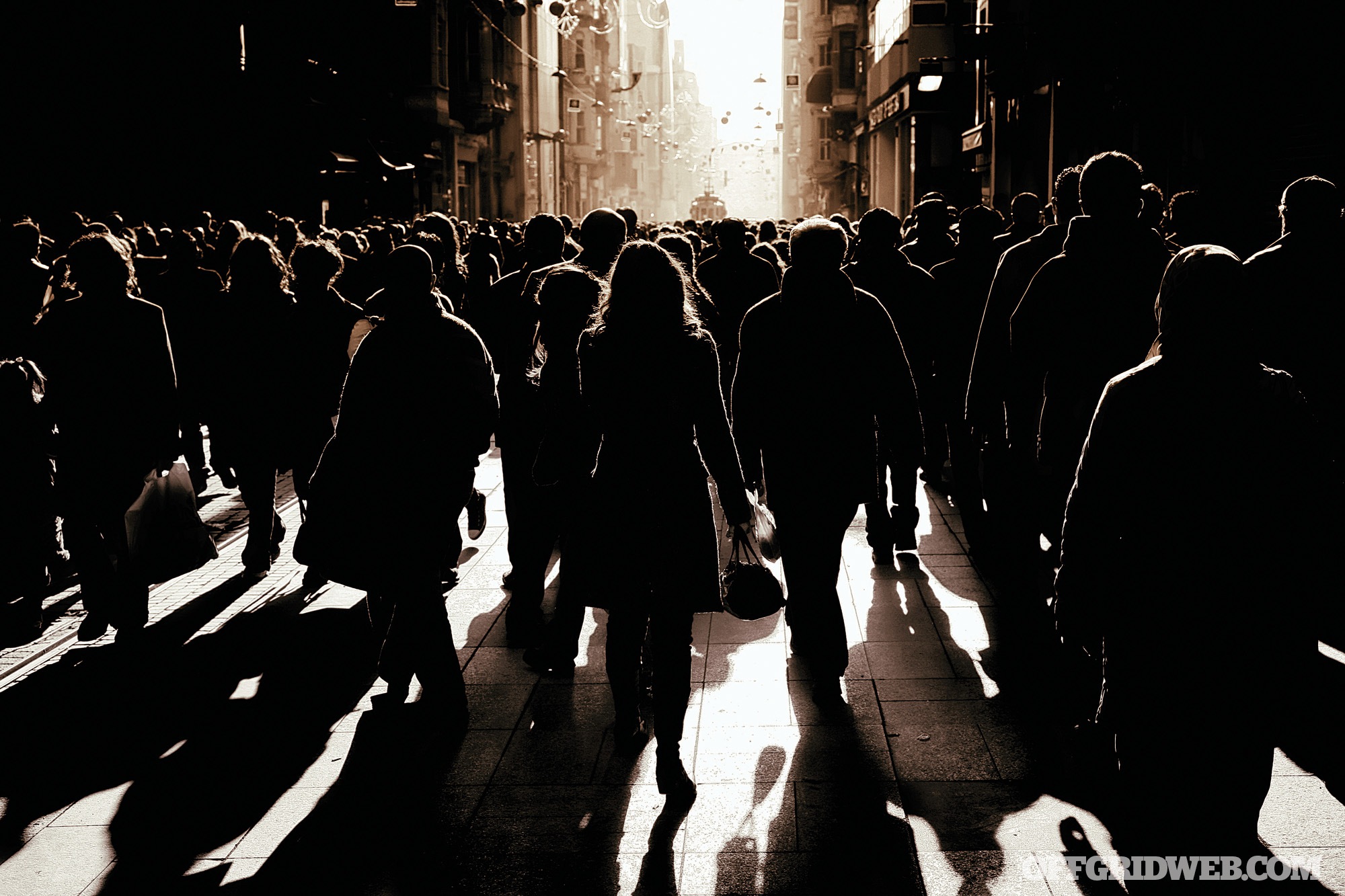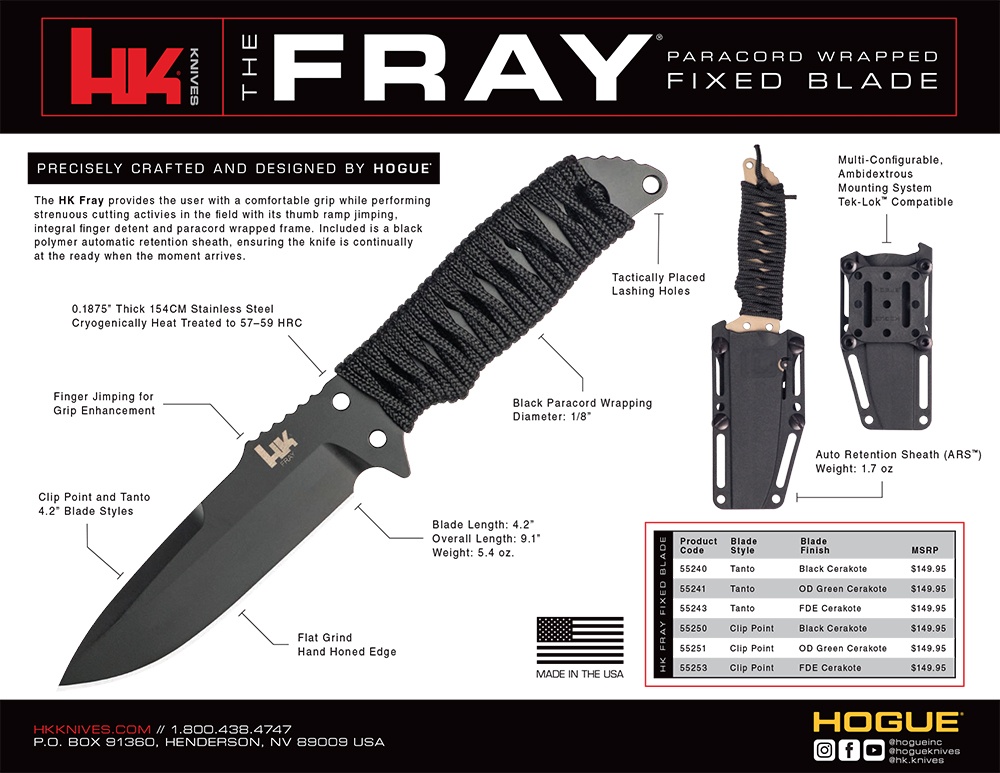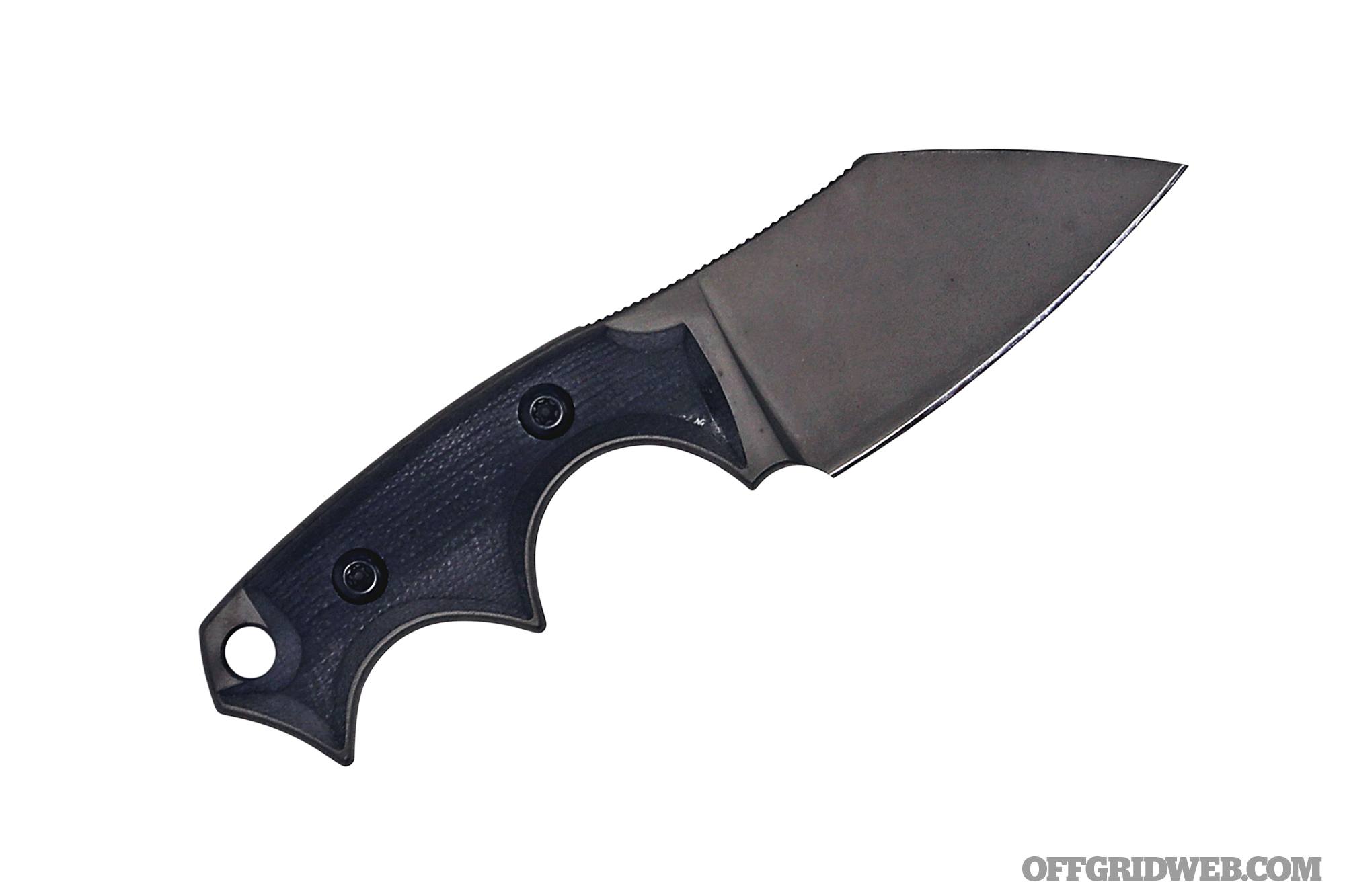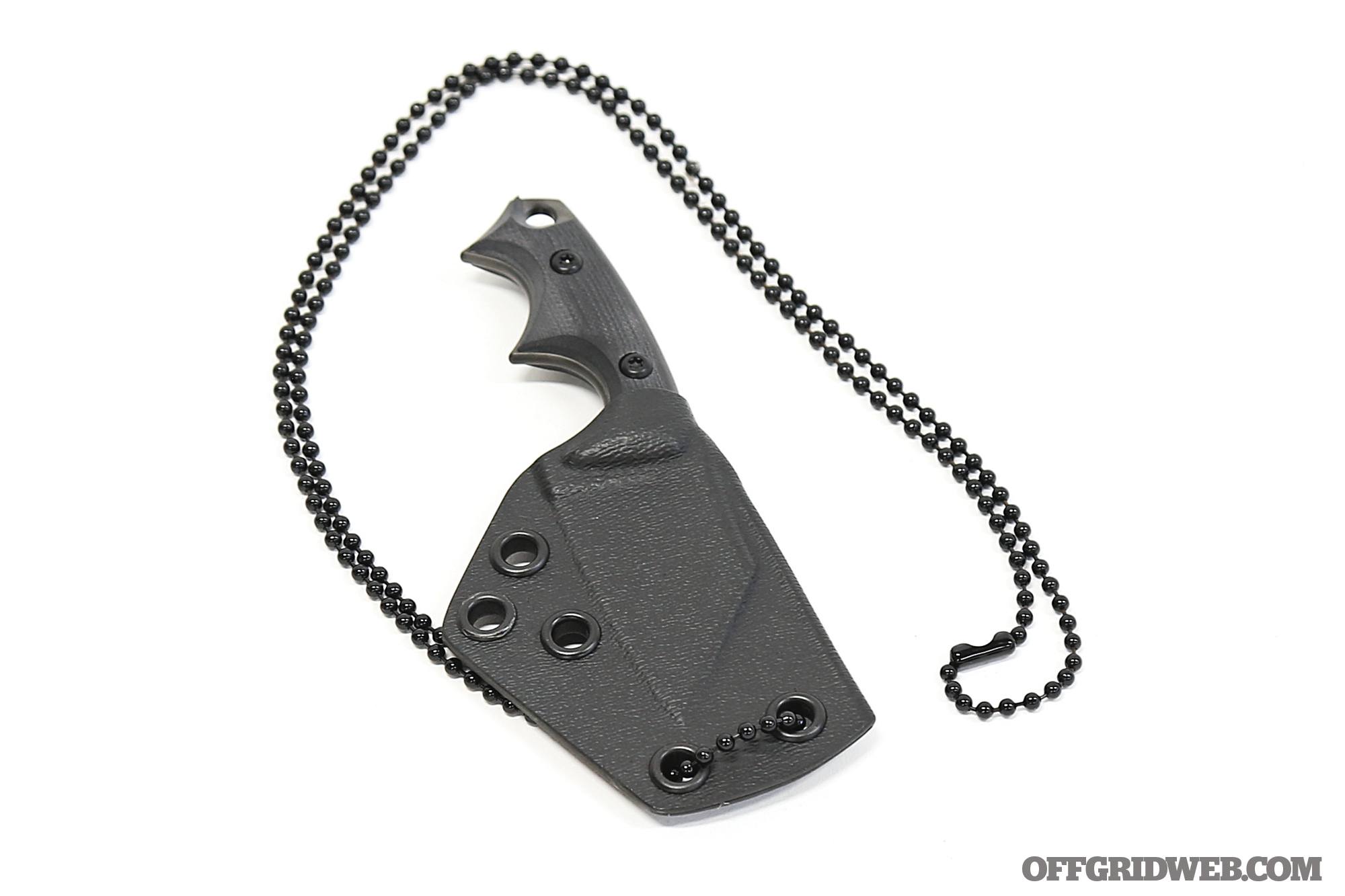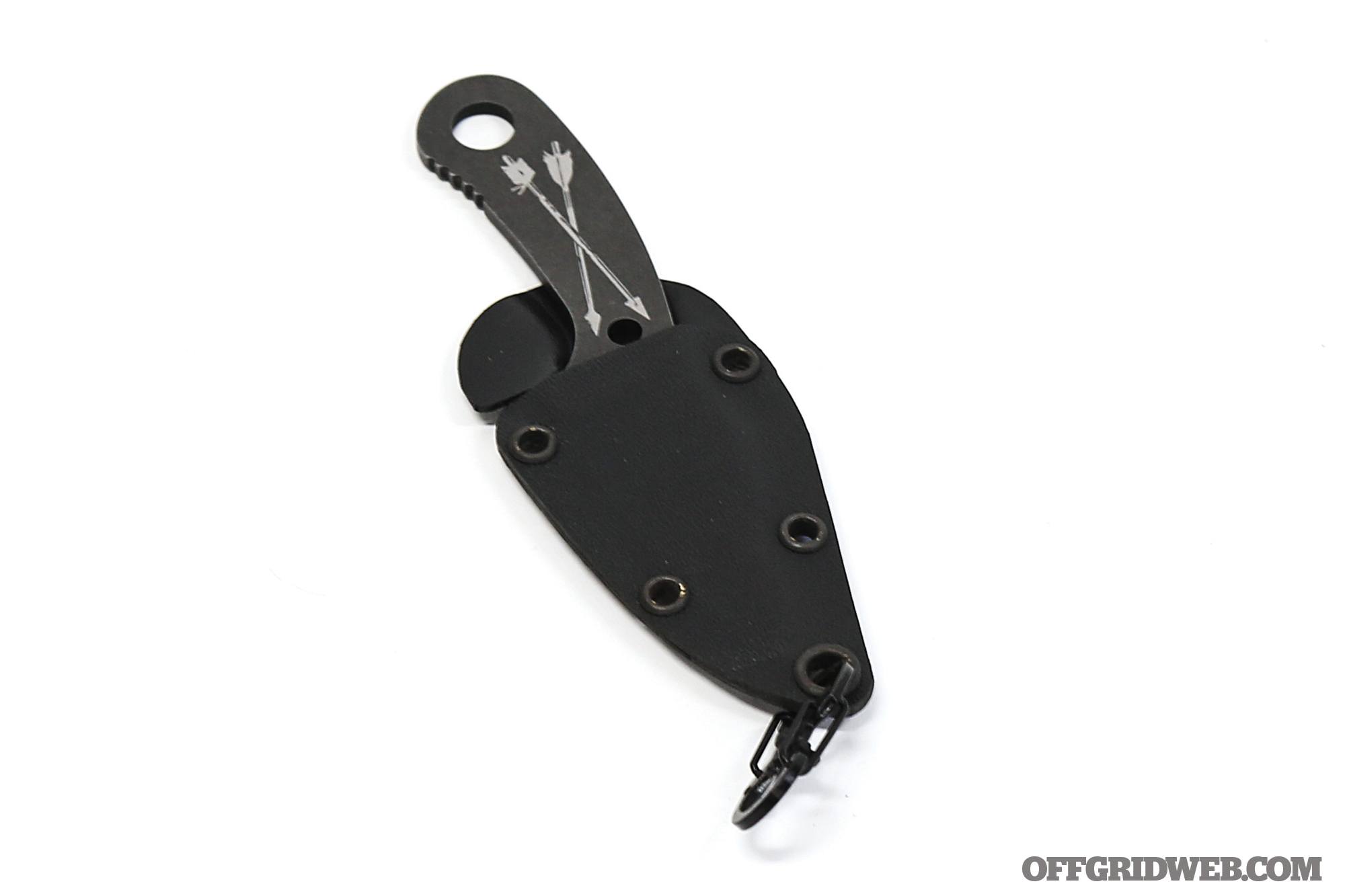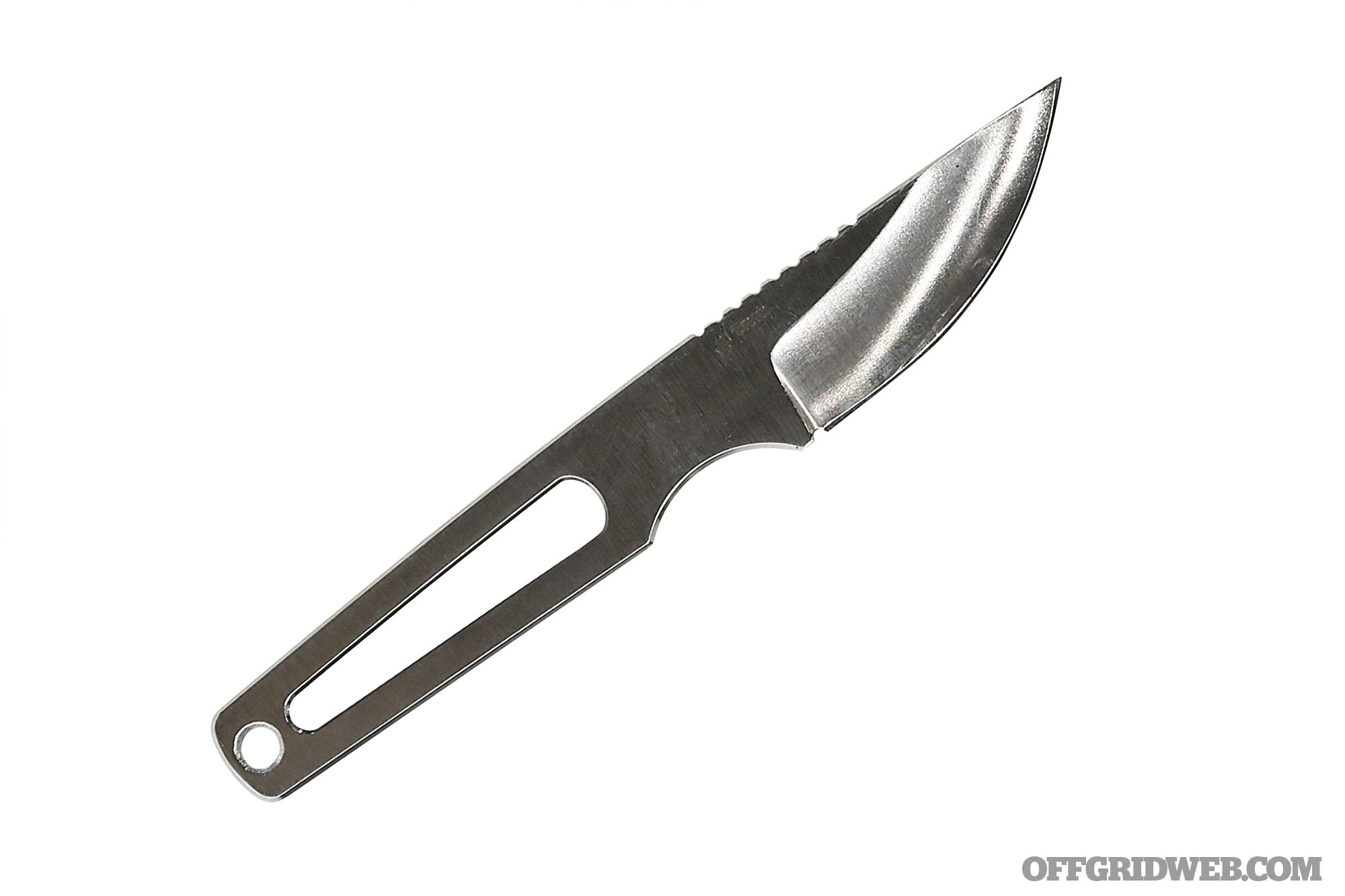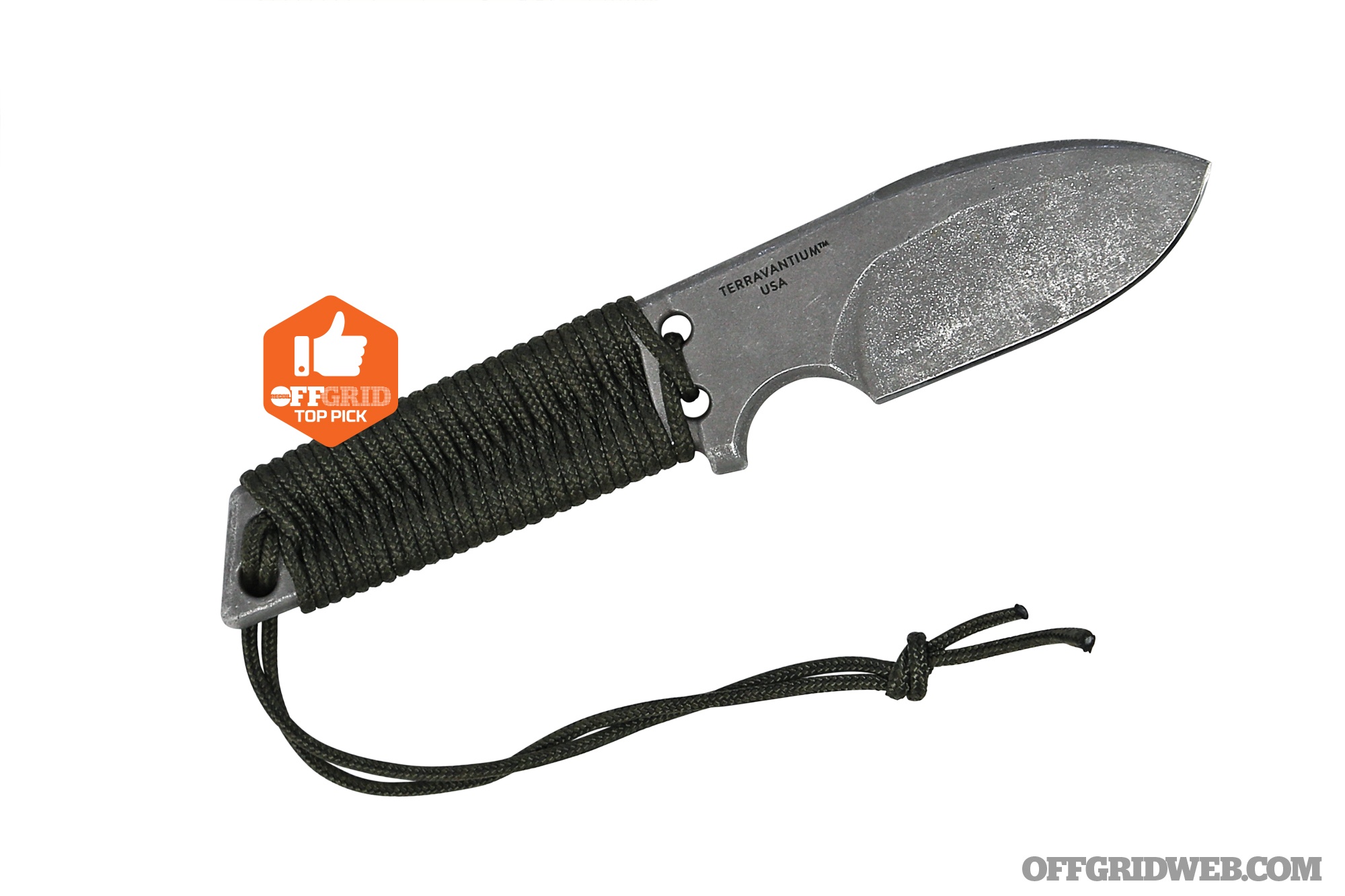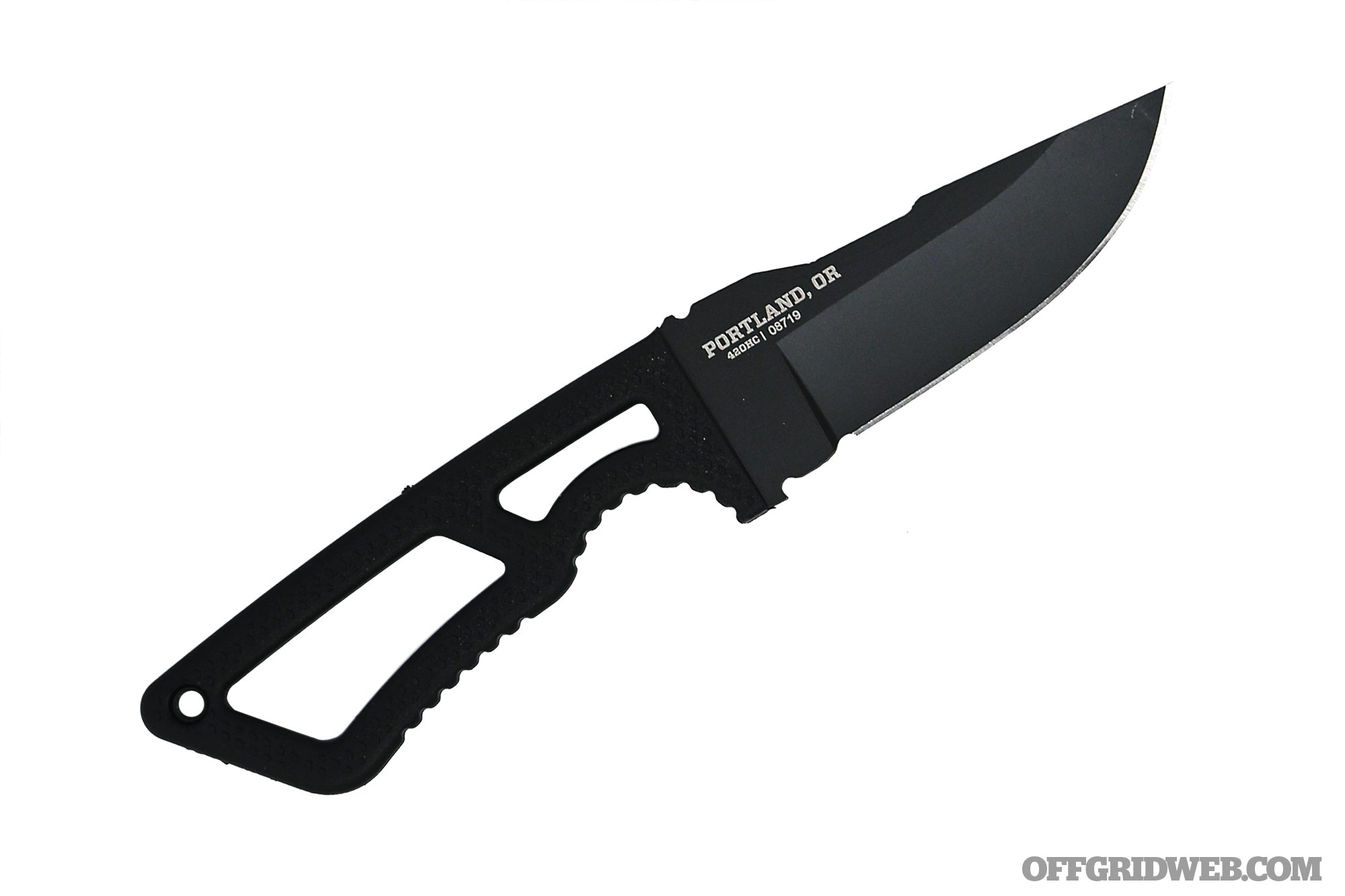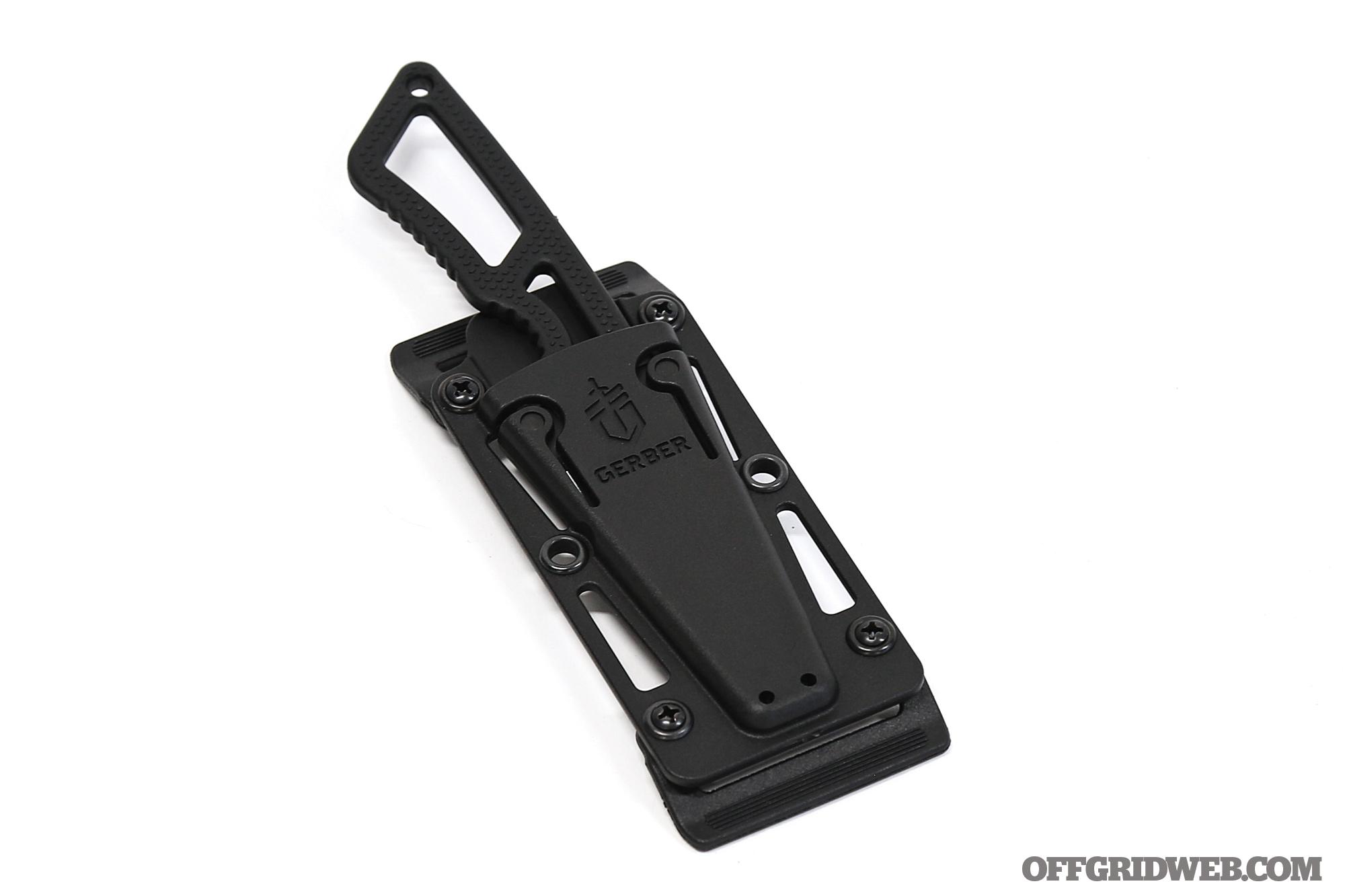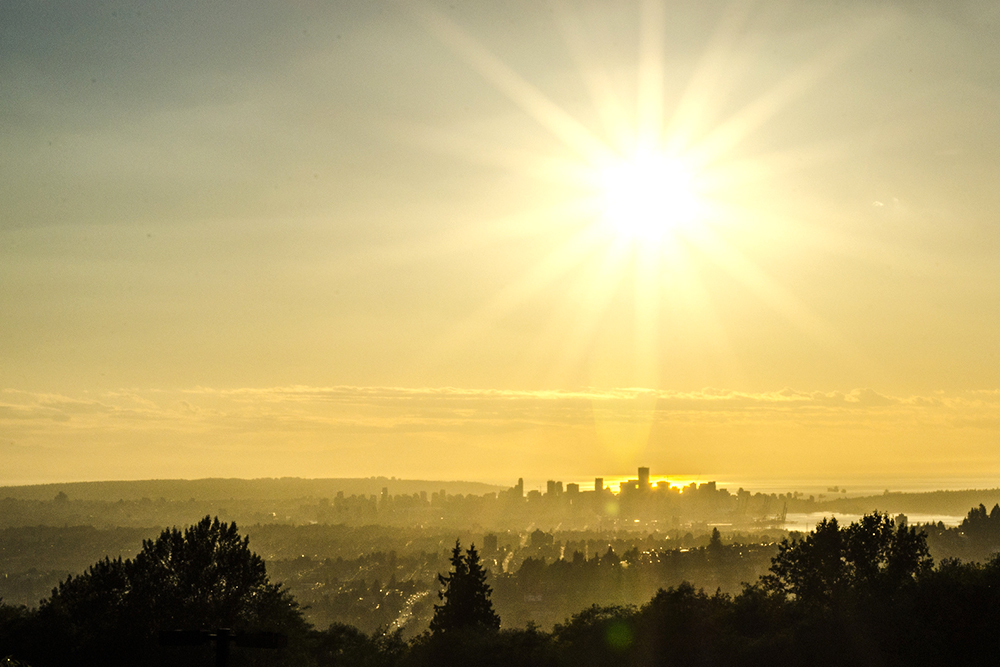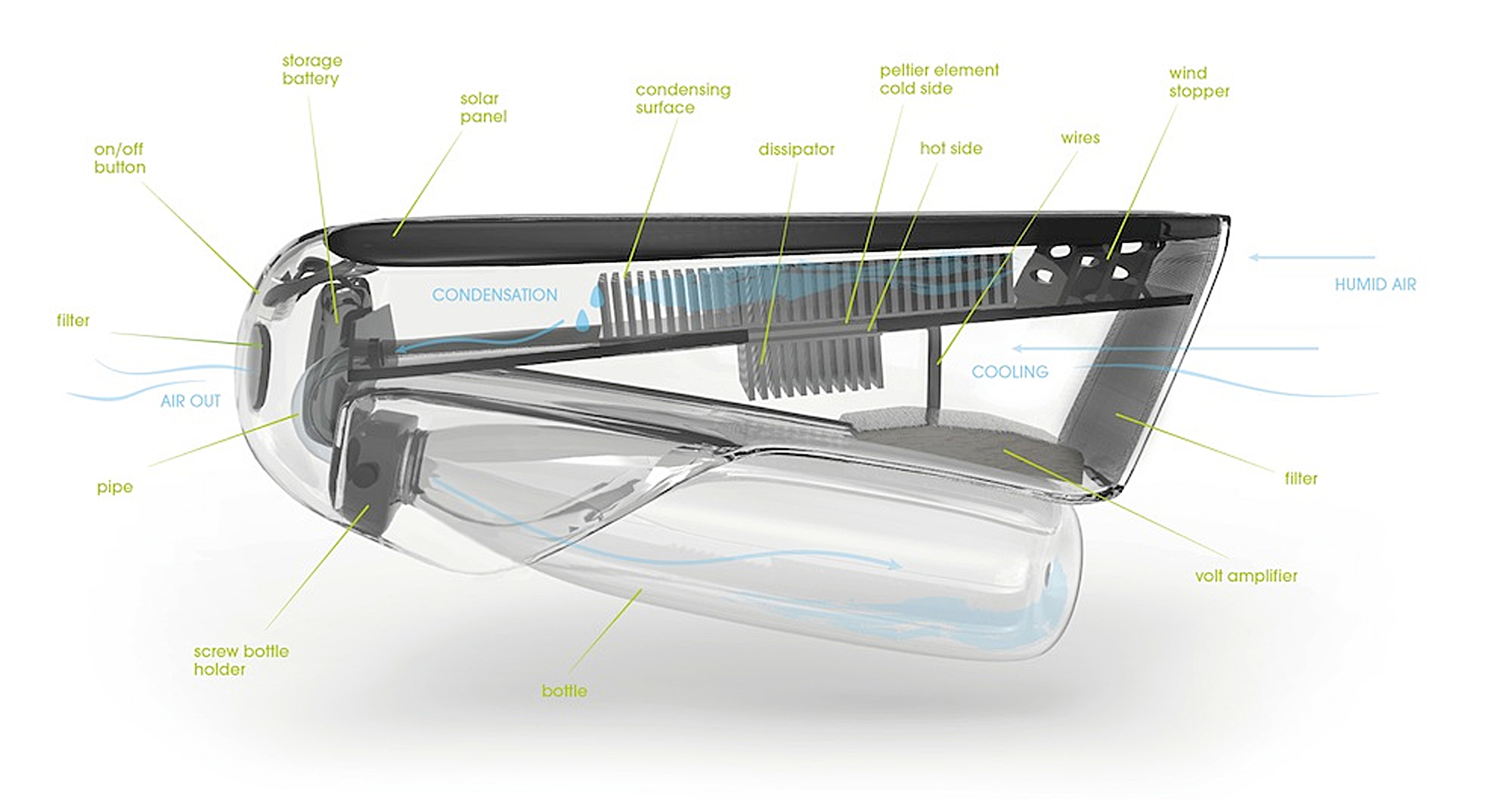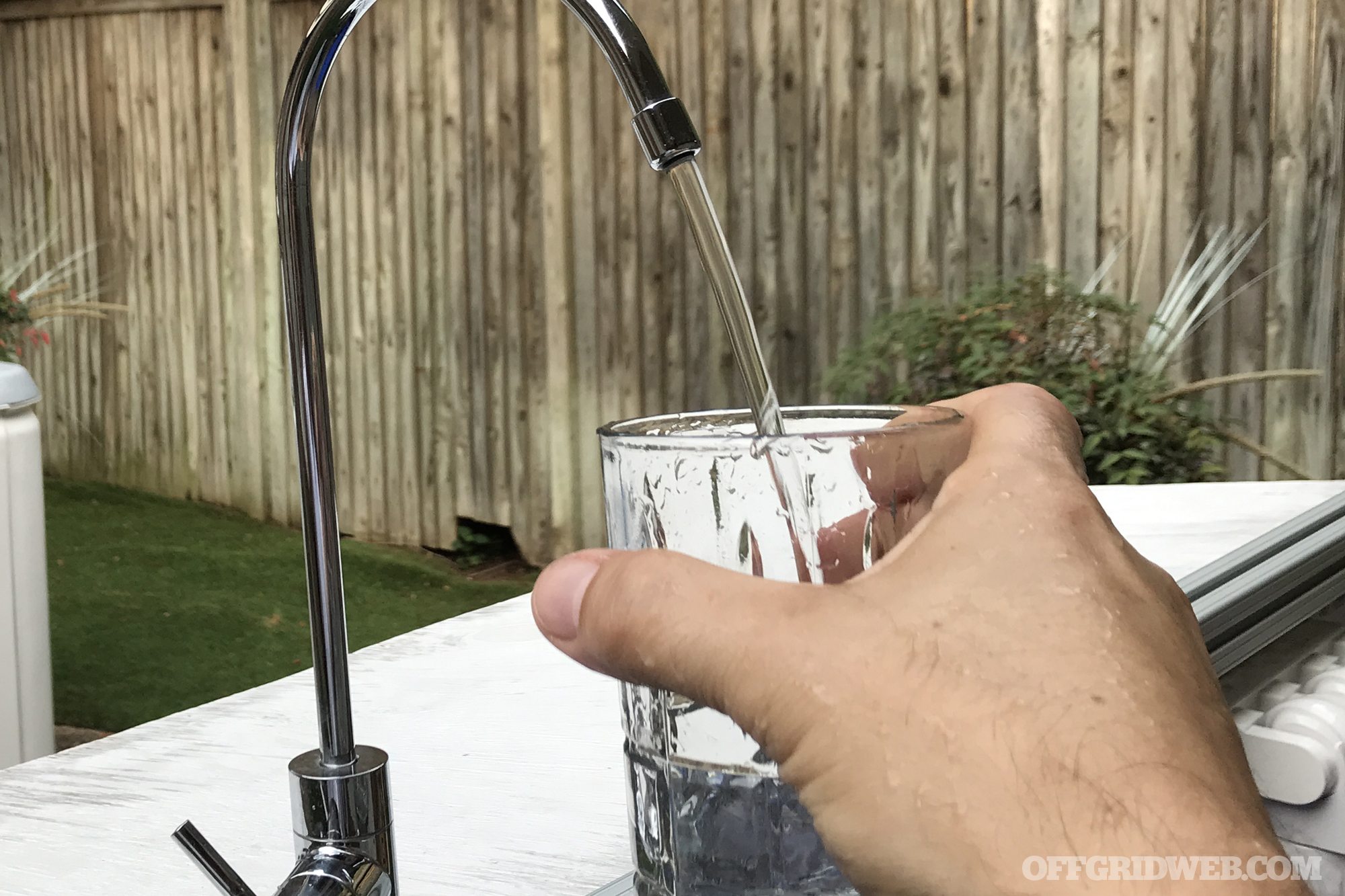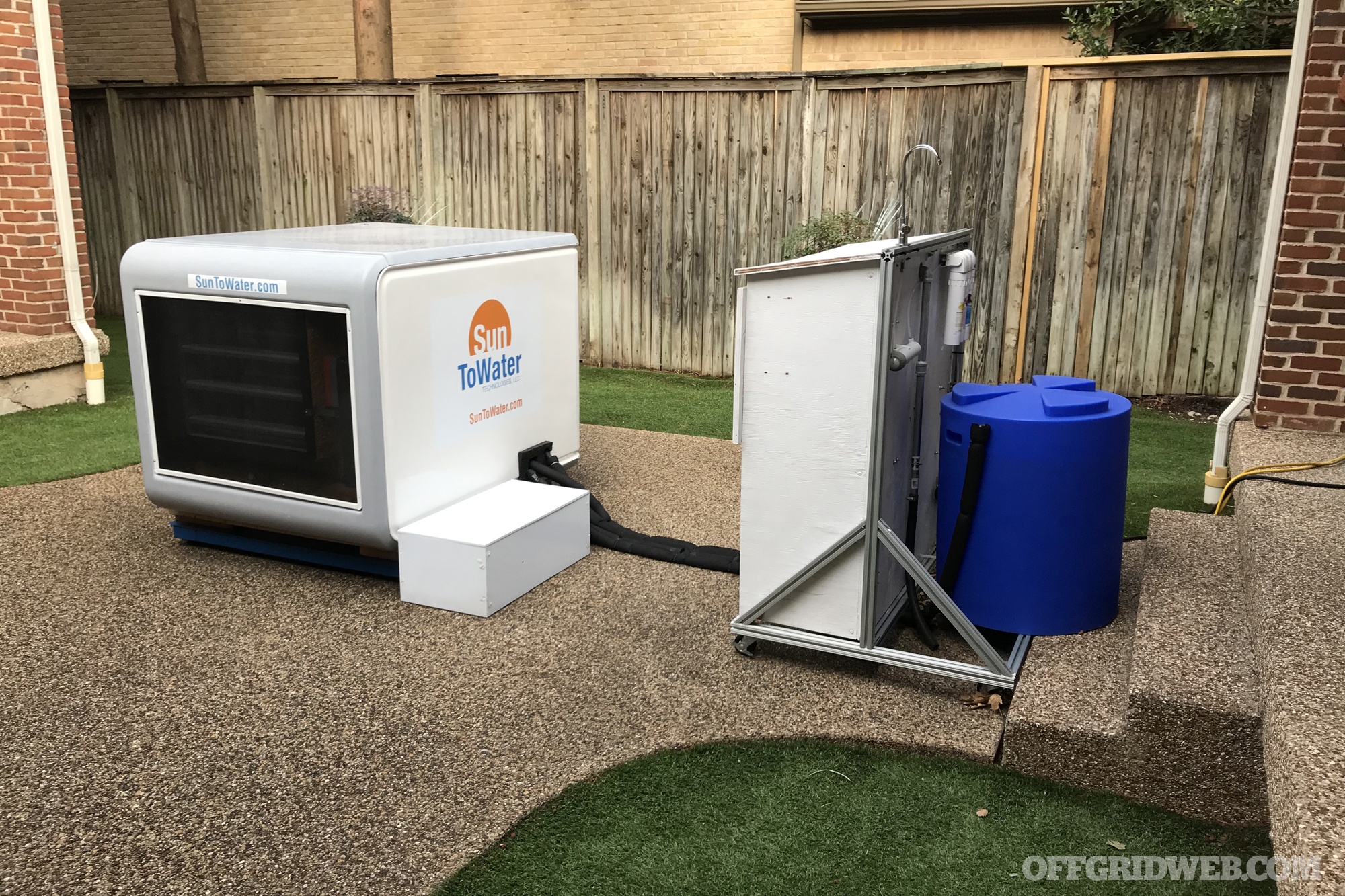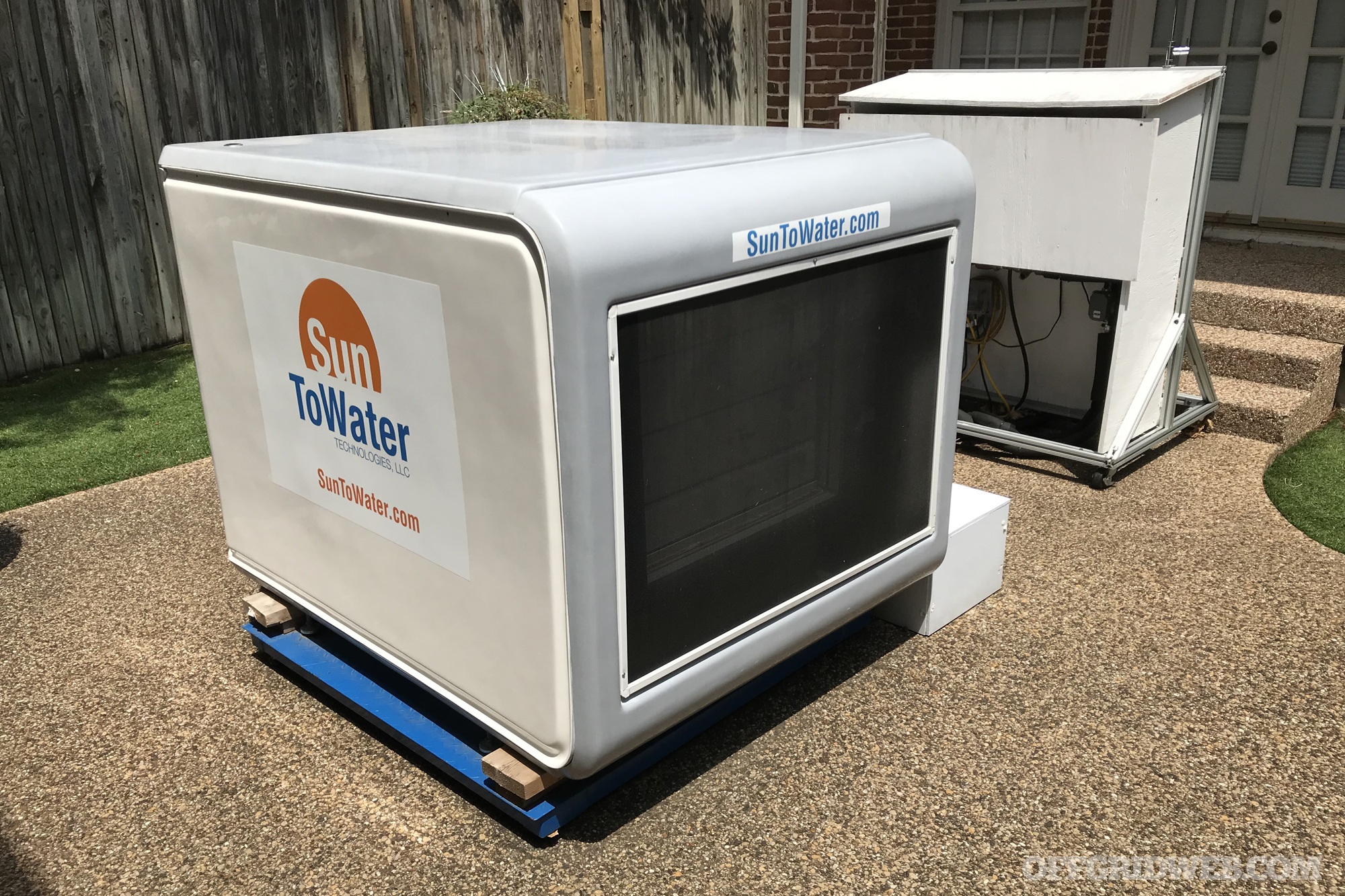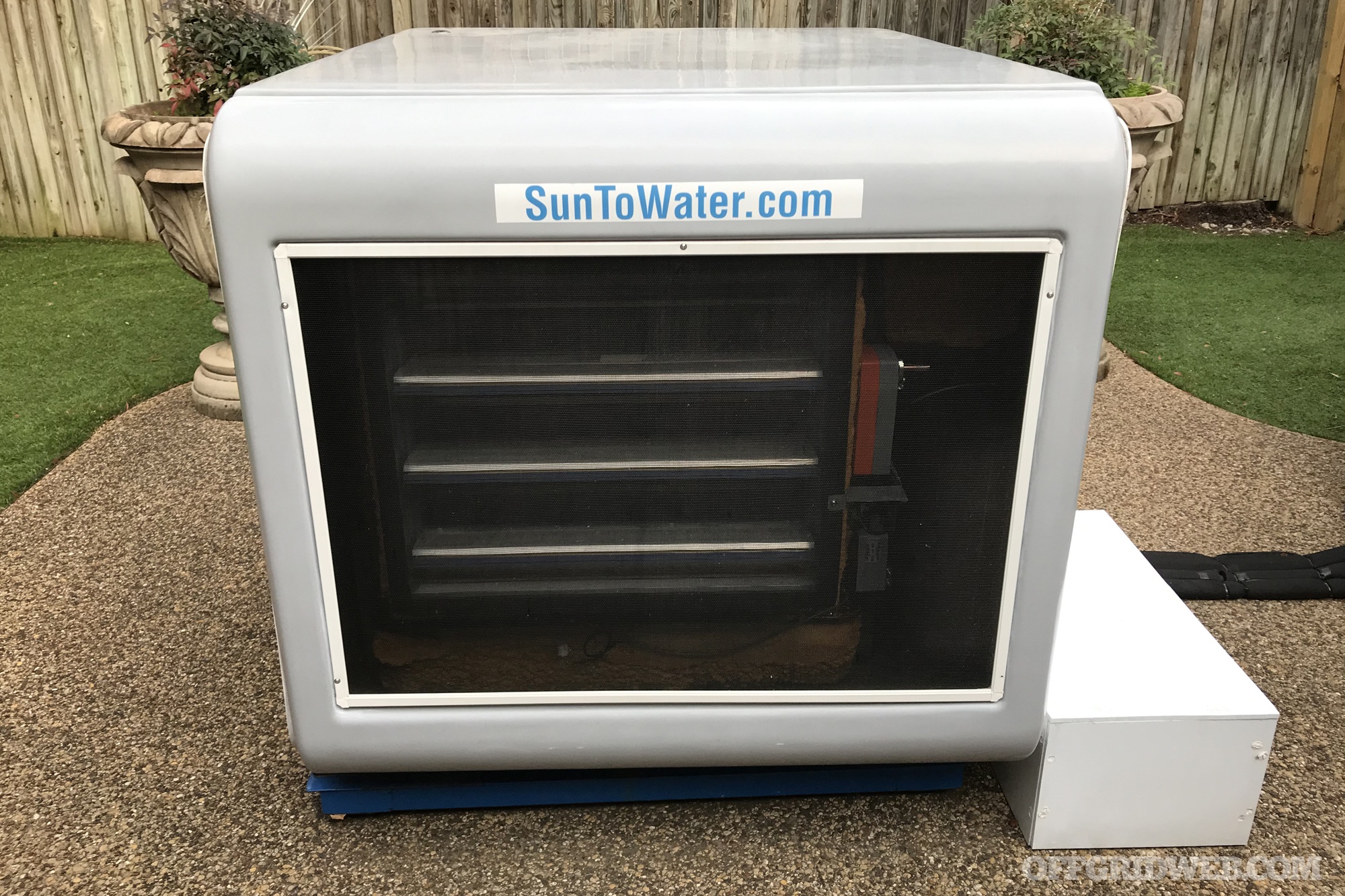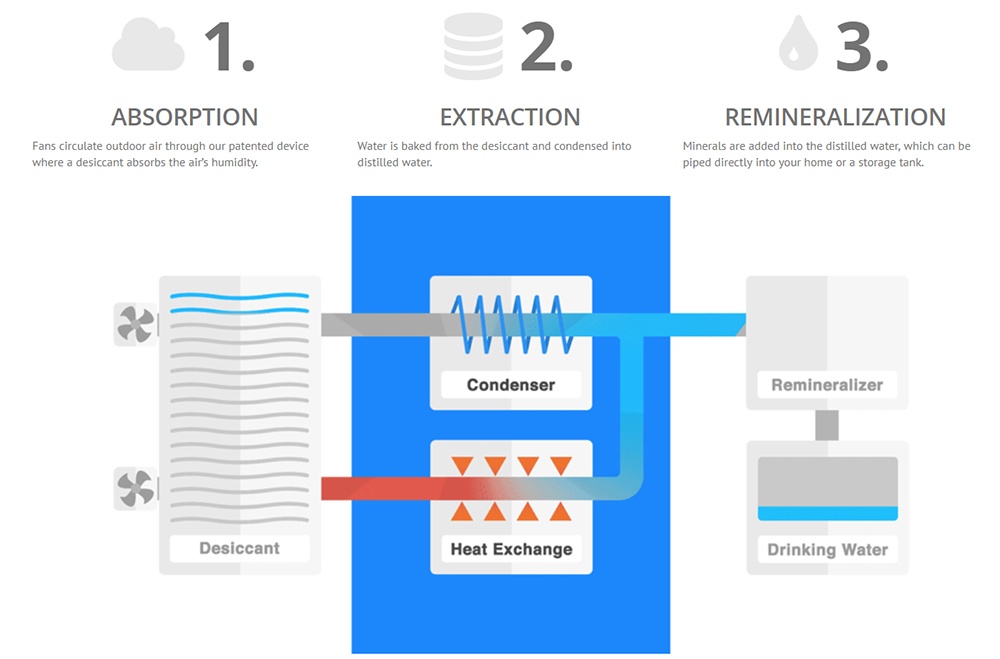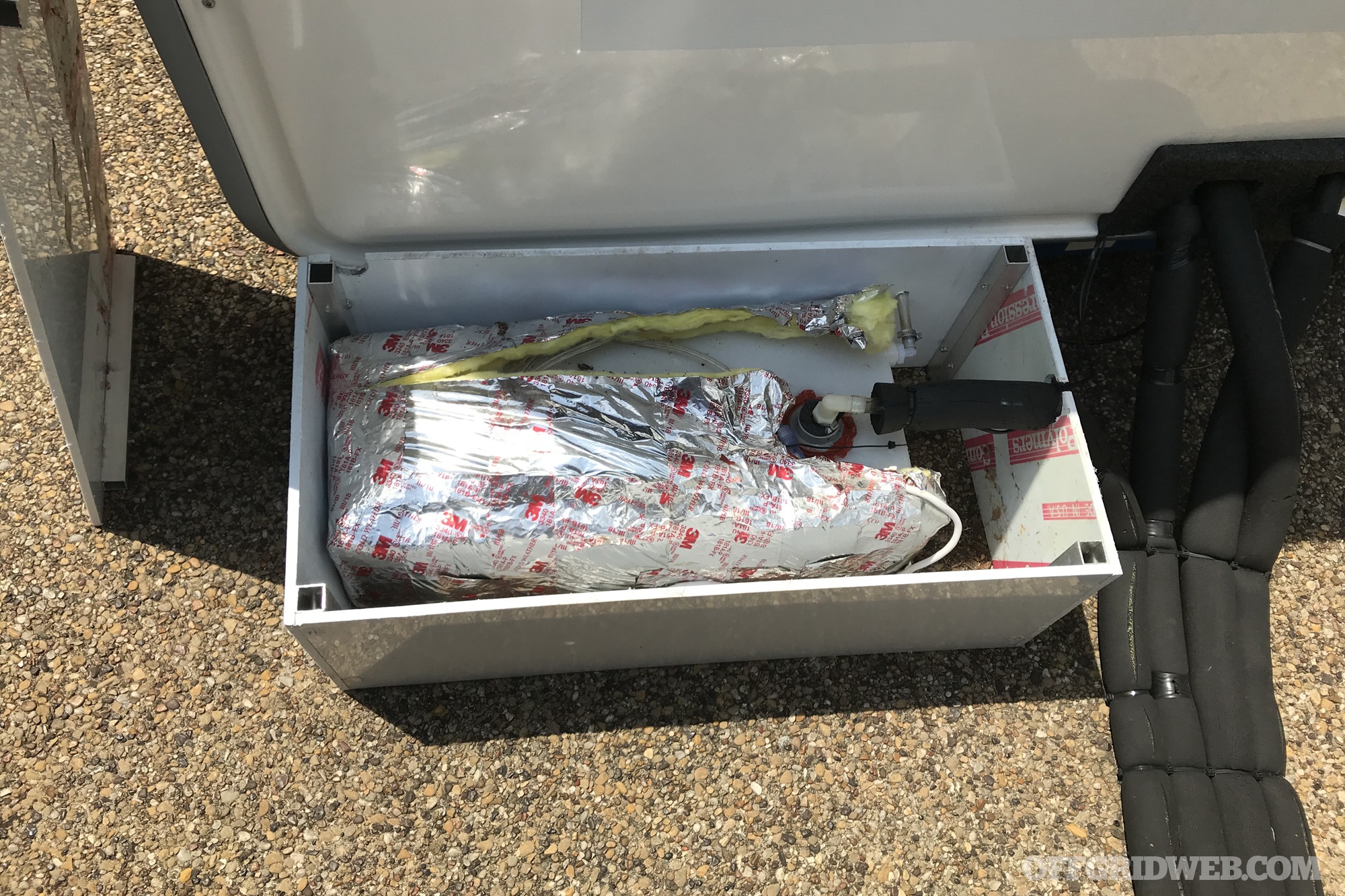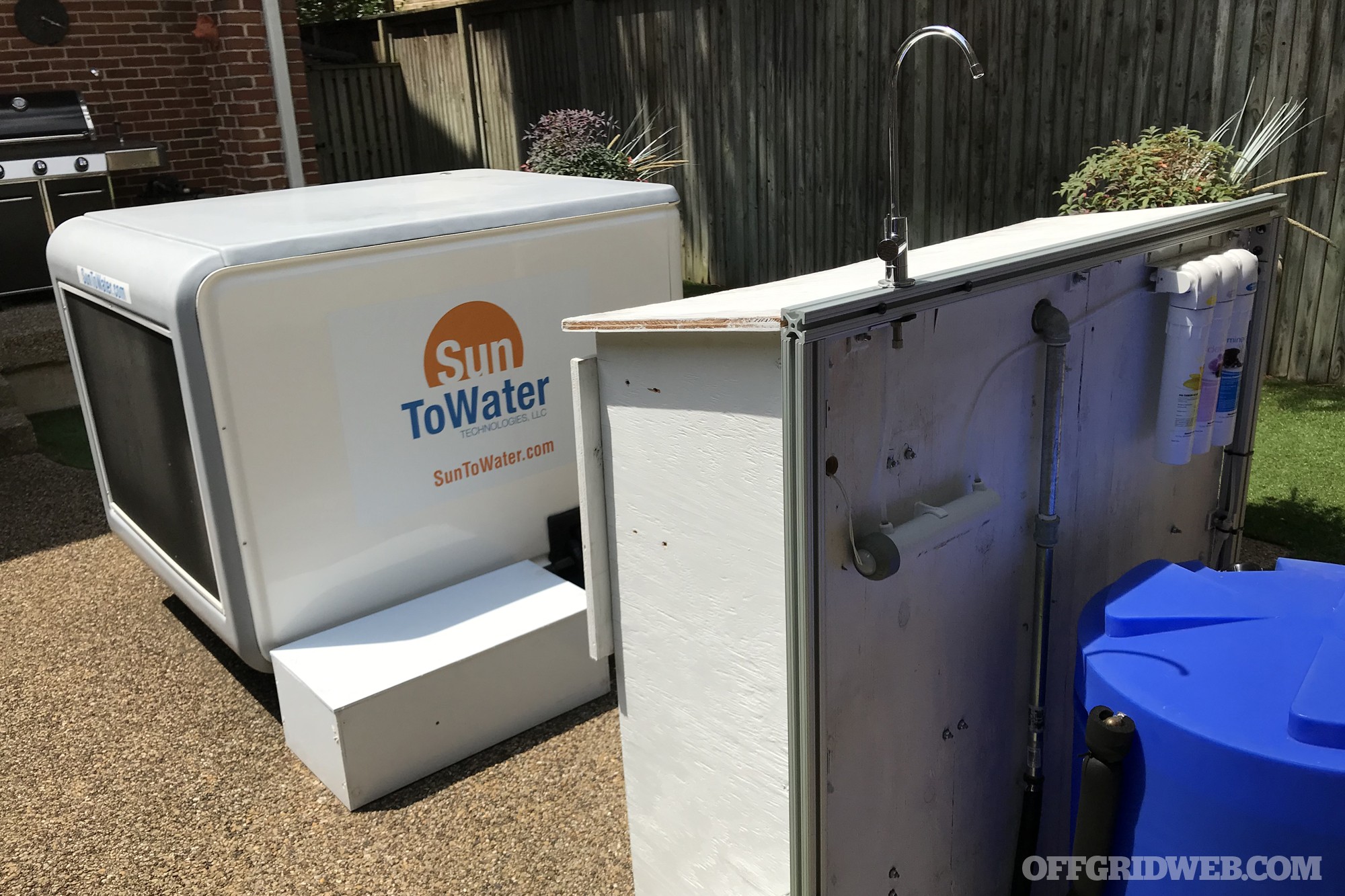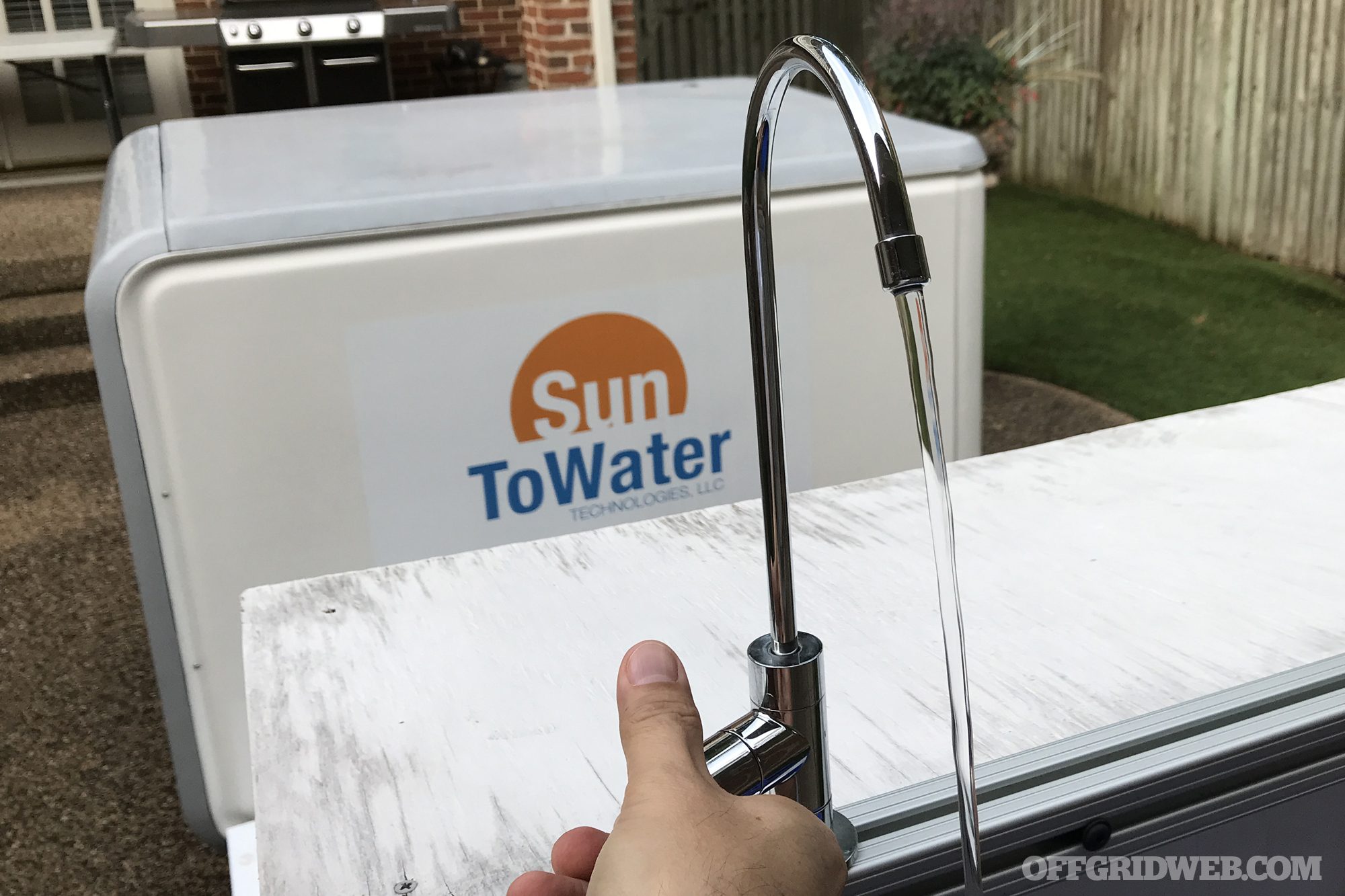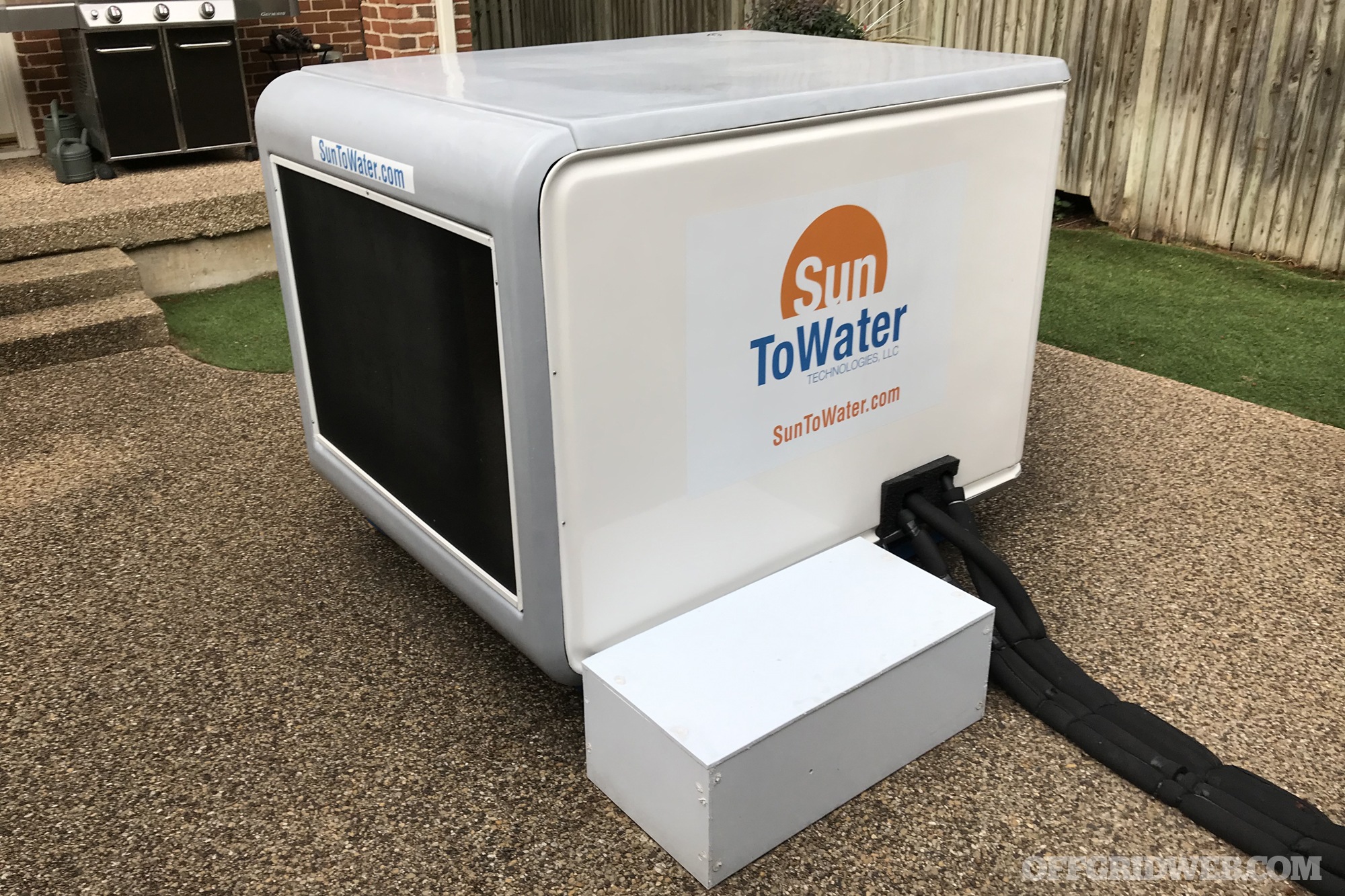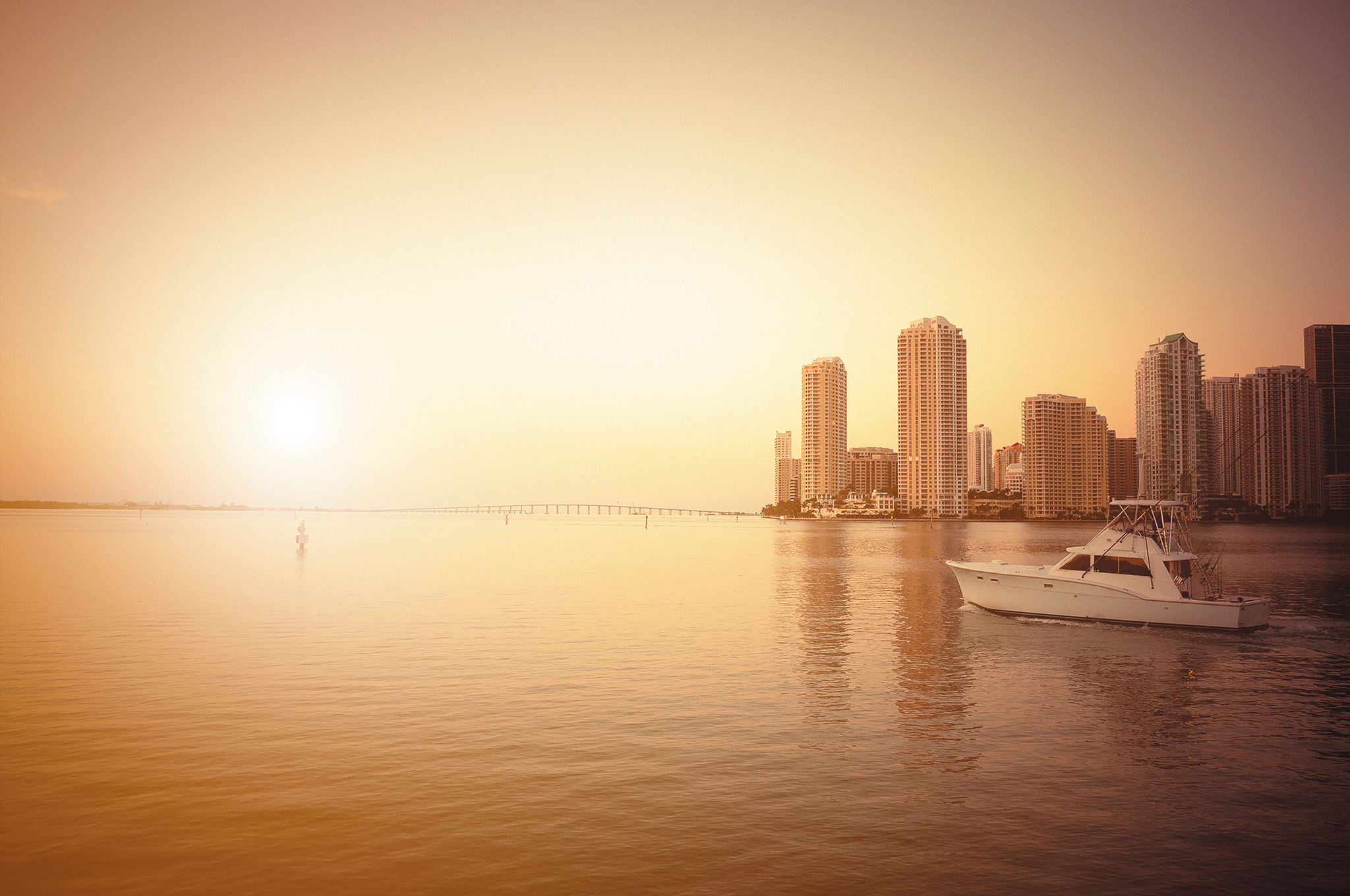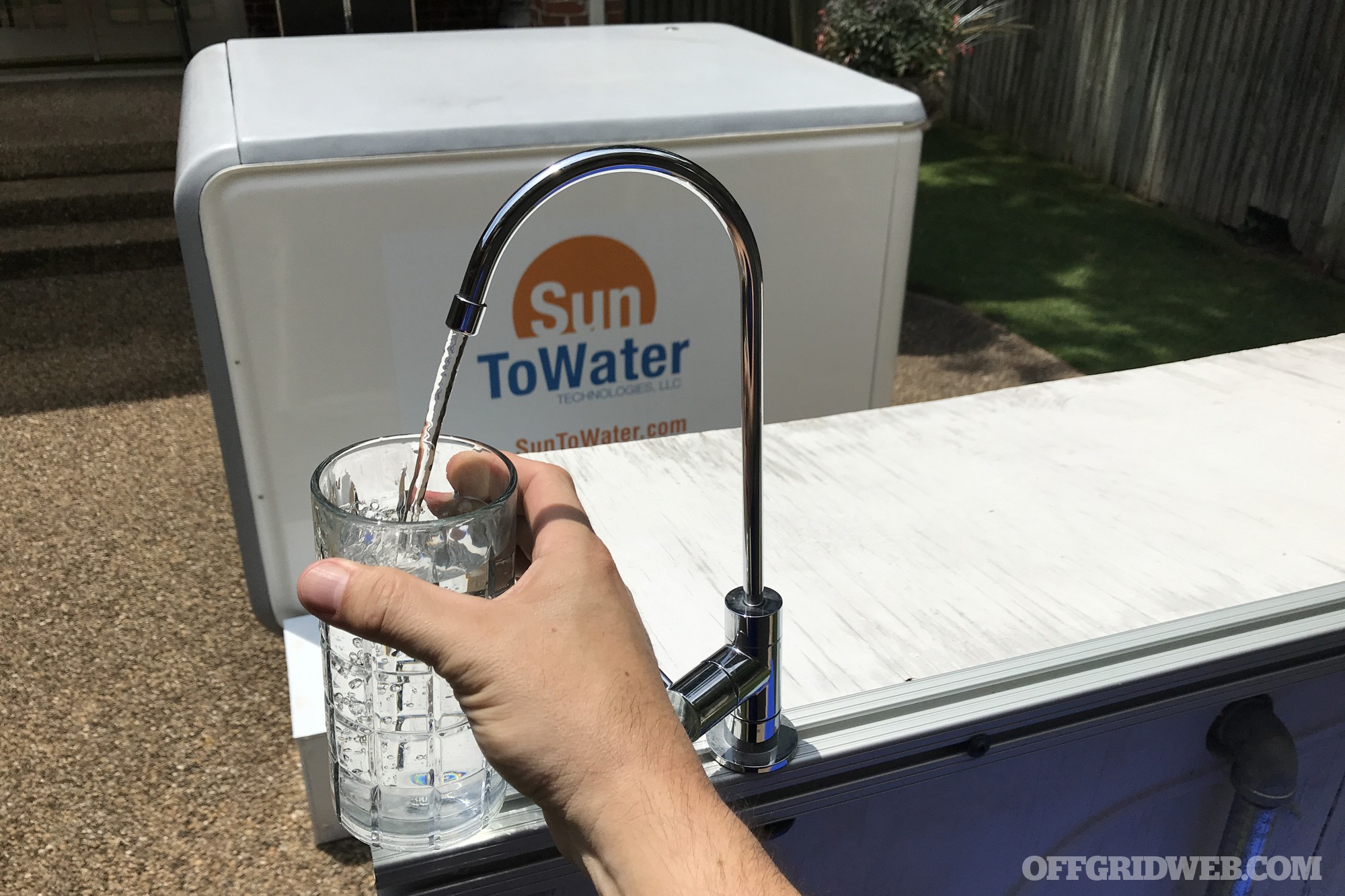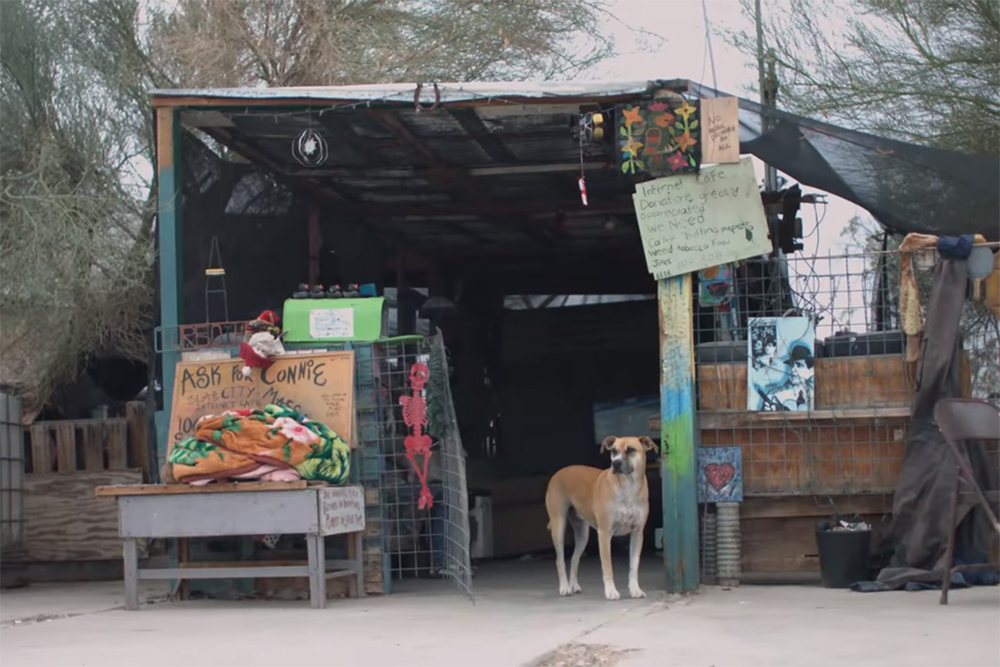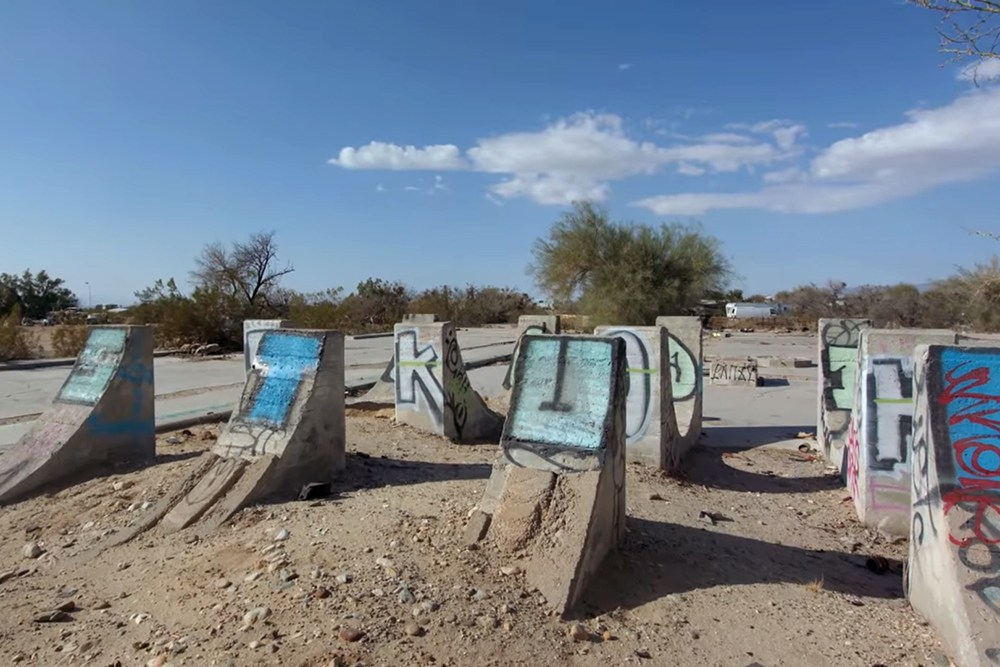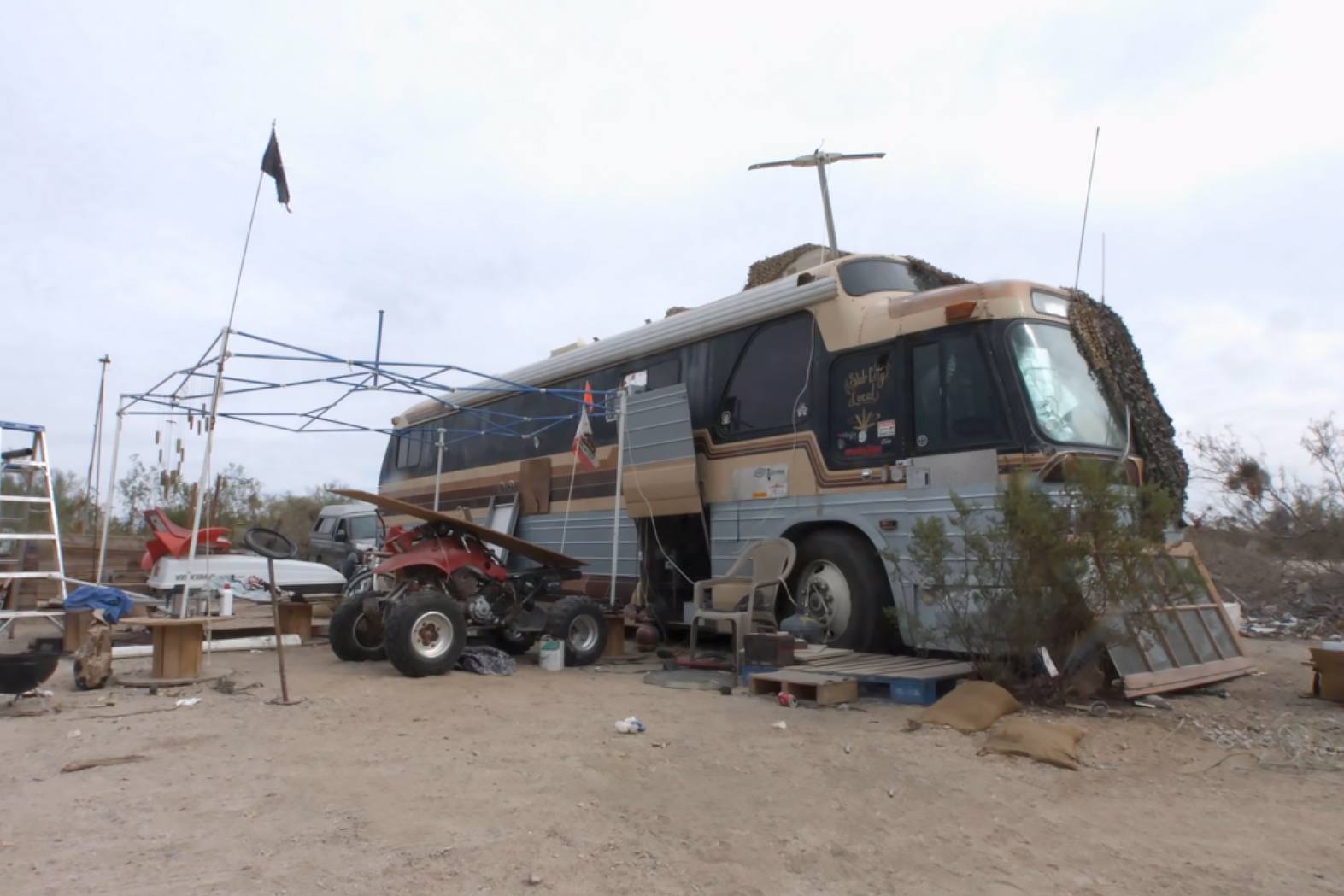In This Article
Photos by Niccole Elizabeth
It’s no secret that we love an awesomely appointed bug-out vehicle. Our sister publication, RECOIL, covers one in every issue. While these trucks, trailers, and overlanders are lots of fun to look at and drool over, most of us would have to win the lottery to be able to afford one. With price tags that routinely blast past six figures, ground-up custom vehicles for survival and preparedness are a bridge too far for most budgets.
According to AAA, the average American spends nearly 3,000 hours behind the wheel each year. With this in mind, it’d behoove us all to treat our vehicle as not just a mode of transportation, but a valuable tool that can provide all kinds of support in case of a crisis. Simply pulling out of your driveway in the morning gives you a rolling fallback point that includes climate-controlled shelter, signaling, power, navigation, fire-starting ability, and storage capacity for emergency equipment. So how do we optimize this incredible resource without spending the cost of a second home? The short answer is that it’s not nearly as difficult as one might think. We were able to get our hands on some simple, cost-effective equipment that enables any vehicle to become a rolling caddy of potentially lifesaving tools.
Vehicle Mod Considerations
This is by no means a comprehensive guide. With a little smart searching on the internet, you can find dozens of gadgets and gizmos that’ll help you prep your vehicle for in-extremis scenarios. The pieces you’ll see here were selected with a couple of key factors in mind:
Universality: None of these products are vehicle specific. Whether you’re daily driver is a super-duty pickup truck or a two-door hatchback hybrid, you can use them.
Portability: All of the items you see here can be easily removed from the vehicle. This is particularly important if you’re forced to leave your vehicle in case of an emergency, or if you must switch vehicles for any reason without losing capability. This could be as benign as renting a car for a business trip or as desperate as commandeering a vehicle on the fly in a high-threat scenario, requiring immediate transportation. Or if you must ditch wheels altogether and go on foot, all of this stuff can be hand-carried with a minimum of weight and bulk.
Cost: All of the products here, put together, amount to less than $650 at full retail price. If you shop thrifty and wait for holiday sales, you might be able to get that cost closer to $500. All but the tightest of budgets allow for purchase of these individual components over time, in most cases for less than three figures apiece.
Option #1: Super Visor
Zulu Nylon Gear MOLLE Visor Panel
Price: $40-$44
The first vehicle enhancement we’ll look at is the MOLLE visor panel. There are several companies that make these. This one is from Zulu Nylon Gear. We like the Zulu offering, because it’s small enough to fit sedan-sized visors. It features a combination of loop tape, MOLLE webbing, and elastic loops to fit a variety of survival odds-and-ends, and attaches by way of hook-and-loop straps that you can cinch down around the visor. It’s important to note that any car’s sun visor doesn’t permit the carriage of heavy or high-density gear. We configured ours with the following:
- 3 x mini chem lights
- 1 x Benchmade rescue knife
- 1 x Benchmade “7-hook” seatbelt cutter
- 1 x Tuff Writer click pen
- 1 x PK Design Labs Flashlight
A visor panel is one of the better places to store a seatbelt cutter, as it can be easily accessed by the driver from a variety of positions. This permits effective self-rescue, even if you find yourself upside down or in rising water in your vehicle. The rescue knife seen here includes a glass punch in the pommel to smash windows. As long as you have free (or mostly free) use of one arm, you should be able to reach anything strapped to your visor. Even if the standard size is too large for your vehicle, or you choose to run a minimum of essentials in this position, Zulu makes a Micro Visor that’s narrower and more compact.
Option #2: Battle (Seat)Belt
Mayhem Syndicate VE3 Pouch
Price: $55-$120
Moving from visor to seatbelt, we found the Mayhem Syndicate Vehicle Emergency Egress Essentials (VE3) pouch. This pouch is designed to be attached directly to your seatbelt. It can be worn on the shoulder strap or lap belt, and is a down-and-dirty kit of supplies to get you out of your vehicle and/or treat immediate traumatic injuries. In situations where even your visor is out of reach, the VE3 keeps supplies tight against your body for easy access even when partially immobilized. Since we set the MOLLE visor panel over the driver seat, we attached our VE3 to the passenger-side seatbelt to allow both driver and passenger quick access to emergency supplies. The VE3 can be had as a standalone pouch or pre-stocked kit. The pre-stocked kit comes with the following:
- 1 x Gen 7 CAT from North American Rescue
- 1 x Ontario Knife strap cutter
- 1 x ARS decompression needle (LE/Mil)
- 1 x Sharpie
- 1 x chem light
The top flap is specifically notched to accommodate medical shears if you choose to pack these in lieu of a belt cutter. Our only note about this product is that the stocked kit does add a little weight to the seatbelt. This isn’t noticeable when you’re buckled up, but inhibits the belt’s ability to retract fully on its own. We could also see potential interference if you’re wearing body armor or a chest rig. Although, we suspect if you’re wearing that kind of gear, you’ve already got some or most of these supplies on you. For the rest of us, the VE3 offers a convenient way to keep some emergency essentials close at hand.
Option #3: Use Your Head(Rest)
RE Factor Tactical Drive-By Kit
Price: $110
The Drive-By Kit was purpose built by folks who drive through some of the meanest streets on the planet. Security contractors and special operators often find themselves using a variety of local and imported vehicles for low-profile urban and suburban missions. This kit was designed with input from people who do these jobs on a daily basis, and it shows. The Drive-By includes storage for ammo and medical gear. It features two magazine pouches meant for AR-style magazines, but include a generous amount of extra room to accommodate other weapons. We stowed two AK-74 mags in it and had no issues with fit or accessibility. In front of the mag pouches is a large dual-zipper pouch lined with MOLLE and elastic loops meant for medical gear. It should be noted there’s no pre-loaded option for the Drive-By Kit. So decide ahead of time what you want to fill it with and purchase accordingly. We fit all of the following with room left over:
- 1 x rolled gauze
- 1 x Quick Clot Combat Gauze
- 2 x HALO chest seals
- 1 x Israeli Bandage
- 1 x decompression needle
- 2 x mini chem lights
- 1 x Sharpie marker
If you already have a first-aid or medical kit in your vehicle, this pouch could also accommodate combat sundries like smoke grenades, flash-bangs, emergency strobes, even more ammo, satellite phone, stripped-down MREs or power bars, or some small hand tools. The kit mounts to the back of almost any headrest by a Velcro-strapped MOLLE back panel. The kit itself then attaches to this back panel. In case you have to get out of your vehicle in a hurry, you simply pull the release strap and the bag falls off the mounting panel. The bag itself also has a small carabiner-style hook that can be used to attach the Drive-By Kit to a larger pack, belt loop or chest rig for use on foot.
Option #4: Reach Back and Relax
Greyman Tactical Rigid Vehicle MOLLE Panel (Heavy Duty) & Rifle Mount Clamp
Price: $235 (Panel); $70 (Rifle Mount Clamp)
Greyman Tactical has carved out a niche for themselves with their Rigid MOLLE Panels and Rigid Insert Panels. These slap-your-forehead-simple panels are made from 3/16-inch High Density Polyethylene (HDPE) and have a system of holes cut into them to accept … well … anything you can get to stay on them. While the design is meant to accept MOLLE/PALS-style pouches, zip ties, hair ties, rubber bands, ALICE clips, and “dummy cording” can all be made to work with these panels. Greyman also sells some in-house mounting options for rifles and other gear. The panel you see is their vehicle-specific model, but they offer a wide array of smaller panels — many of which are sized for specific packs/bags popular in the EDC market. The vehicle panel attaches to the seat back by way of two nylon webbing straps with Fastex buckles. While the configuration options for these panels is essentially infinite, we dug a bunch of old pouches out of the garage and cobbled together the following setup:
- 1 x AR pistol
- 1 x AR mag
- 2 x Glock mags
- 1 x Military signal strobe
- 1 x road flare
- 2 x IWA civilian-legal flash bang canister
- 5 x mini chem lights
- 1 x flashlight
Again, the thing we love most about these Rigid MOLLE Panels is that they can be set up however you want with whatever attachment methods you can engineer in your driveway. We’ve even seen examples of these panels being hard mounted (screwed in) on the exterior of trucks to store recovery tools. If the large seatback panel is out of your price range, some of their smaller panels are priced as low as $50 and can be rigged to consoles, dashboards, or door panels.
Option #5: In the Bag
Suarez International Terrorist Interdiction Bag
Price: $65
URL: www.suarezinternational.com
Perhaps the easiest way to keep supplies ready in your vehicle is to simply pack a bag. As long as said bag fits inside your vehicle, you can use any type of bag filled with all manner of supplies that you see fit. Of course, we should all strive to do better than a trash bag full of paracord and loose bullets rolling around in the trunk. This is where the Terrorist Interdiction Bag comes in. Made by Suarez International, the TIB was designed as a compact grab-and-go solution for use during active shooter-type events. There are a number of excellent features including removable magazine pouches, loop-side tape lining the main compartment, elastic loop retainers in the front face pocket, and a waist strap that allows you to “fight from the bag” even while running, jumping, or shooting. Its flat, rectangular shape allows it to fit perfectly under the front seat of almost any vehicle. The actual TIB you see here traveled with the author on multiple deployments to Afghanistan where he did, in fact, stash it under his driver’s seat during convoys and mobile operations. It won’t fit the kitchen sink, or even 72 hours’ worth of food. But it’ll hold enough to get you out of an immediate jam. From Afghanistan to Arizona, our Terrorist Interdiction Bag has remained stocked with the following:
- 3 x rifle mags
- 1 x pistol mag
- 1 x folding knife
- 1 x flashlight
- 1 x OC spray
- 3 x flex cuffs
- 1 x multi-tool
- 5 x mini chem lights
- 1 x Zippo lighter
- 1 x spare bottle of lighter fluid
- 1 x flash bang or smoke grenade
- 1 x trauma medical kit (chest seals, tourniquet, Israeli bandage, etc.)
Again, you’re free to find whatever make and model of pack or bag best fits your need. But we really like the TIB as a vehicle-specific solution for packing some gear that’ll help get us the hell out of dodge. While MSRP is listed at $65, it is, at time of writing, on sale for $50, making it one of the most cost-effective EDC/bail-out bags we’ve ever come across.
Honorable Mention: Nice Rack …
DSG Inc.Ranger Rack and Mini Ranger Rack
Price: $95-$135
URL: www.dsgarms.com
Defense Solutions Group (DSG) carries a wide variety of tactical and survival gear. One of their more unique products fit right in with the theme of this article — the Ranger Rack, and its smaller sibling the Mini Ranger Rack. The photos you see here are of the Mini Ranger Rack, which fit our door better. The concept is to have a method to carry ammo pre-staged in your vehicle’s door pockets. Each Ranger Rack comes as a kit, with a mounting bracket and some combination of rifle and pistol magazine pouches. (The full-sized Rack holds two of each, while the Mini holds one rifle and two pistols.) These appear to be standard mag pouches with 1.5-inch belt clips that could just as easily be worn on your waist. The rack itself appears to be just a U-shaped Kydex bracket with a bunch of screw holes in it. Just clip the pouches to the bracket and then use the included screws to secure the pouches in place so they don’t slide around. The bracket then clips to the door pocket of your vehicle, also with 1.5-inch belt clips.
While we configured ours with the included pouches, in the suggested arrangement, there’s definitely the potential to run this in a custom setup that could be all pistol, all rifle, or possibly even utilize belt-mounted ammo carriers from other manufacturers. In terms of prepping your vehicle, this is one of the more specific products featured, with ammunition being the only thing it can carry. But some semblance of firepower should be a pillar of every good emergency preparedness plan. For that purpose, the Ranger Rack system is a quick and convenient way to keep reloads at the ready.
Driving it Home
Retrofitted military surplus trucks, armored personnel carriers, and turbo-diesel 6x6s are super cool. But the crux of being prepared is accounting for the fact that disaster doesn’t wait for us to run and grab the keys to our monster-rover, and requires the integration of self-sufficiency into the folds of our daily routine. The products showcased here offer flexible, low-cost solutions for just about anything out there with wheels and an engine. Regardless of whether you drive once or twice a week, or if your car is your mobile office and part-time home, don’t let behind-the-wheel be the place you get caught off guard.





